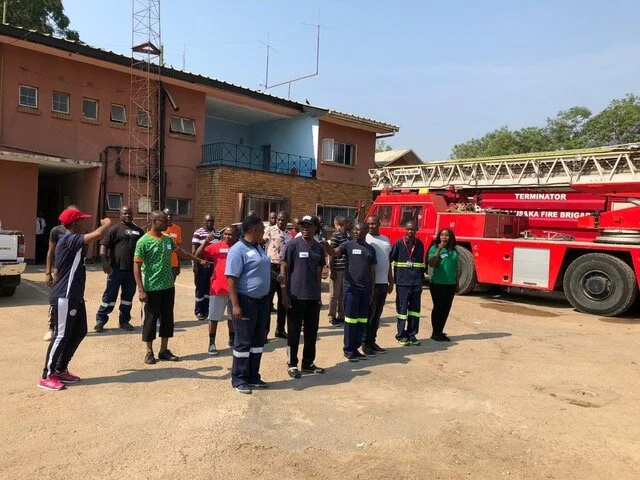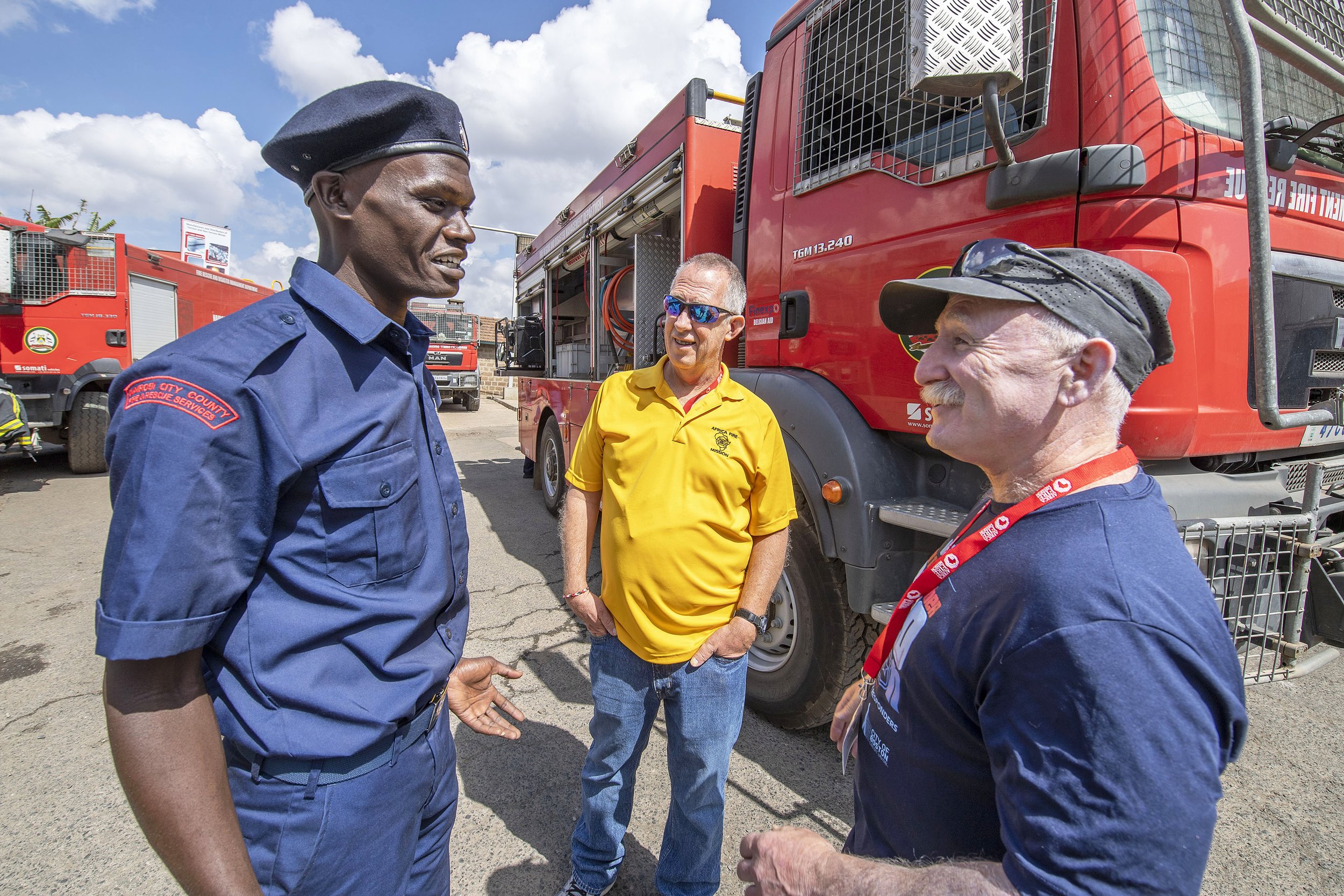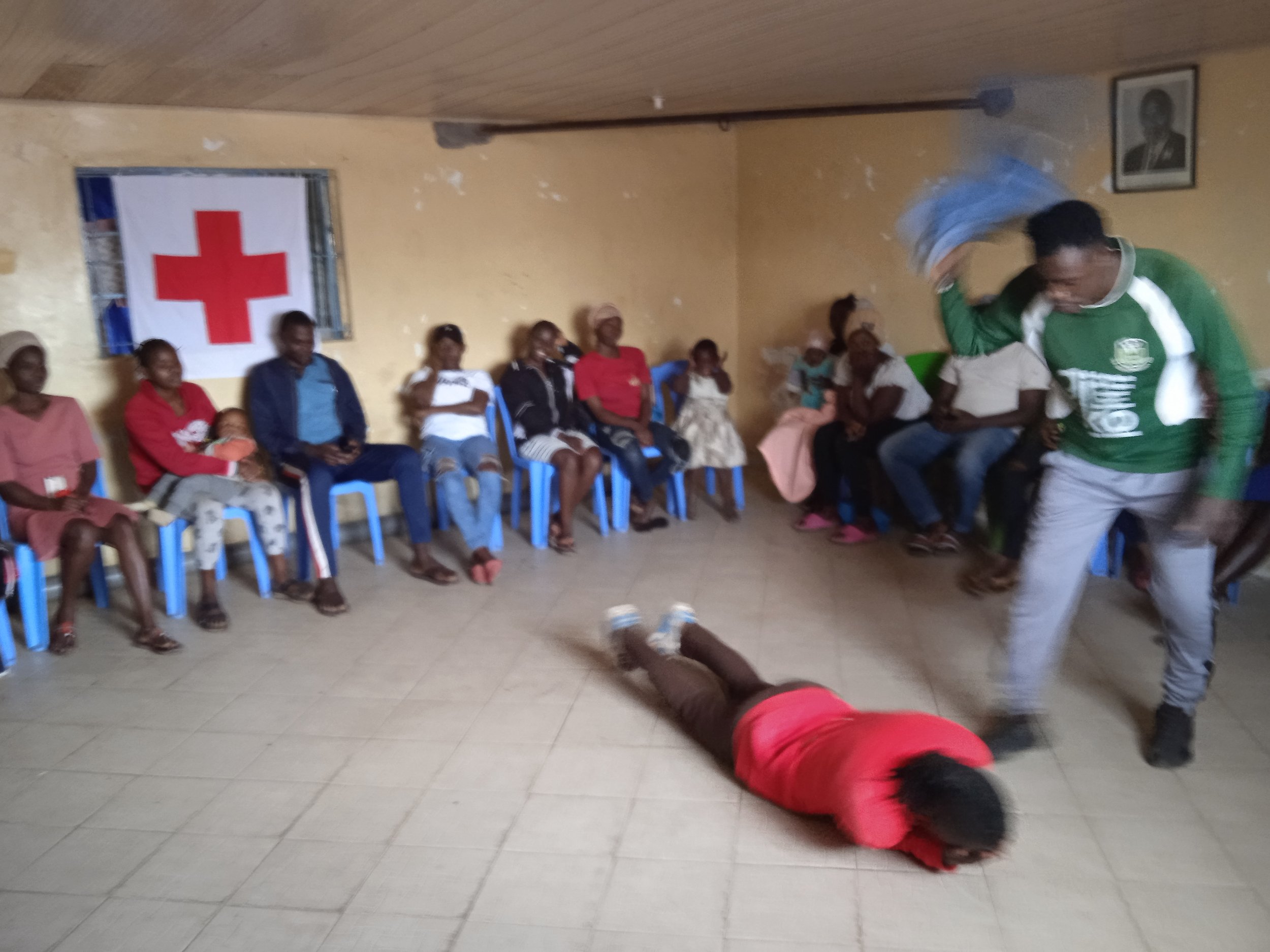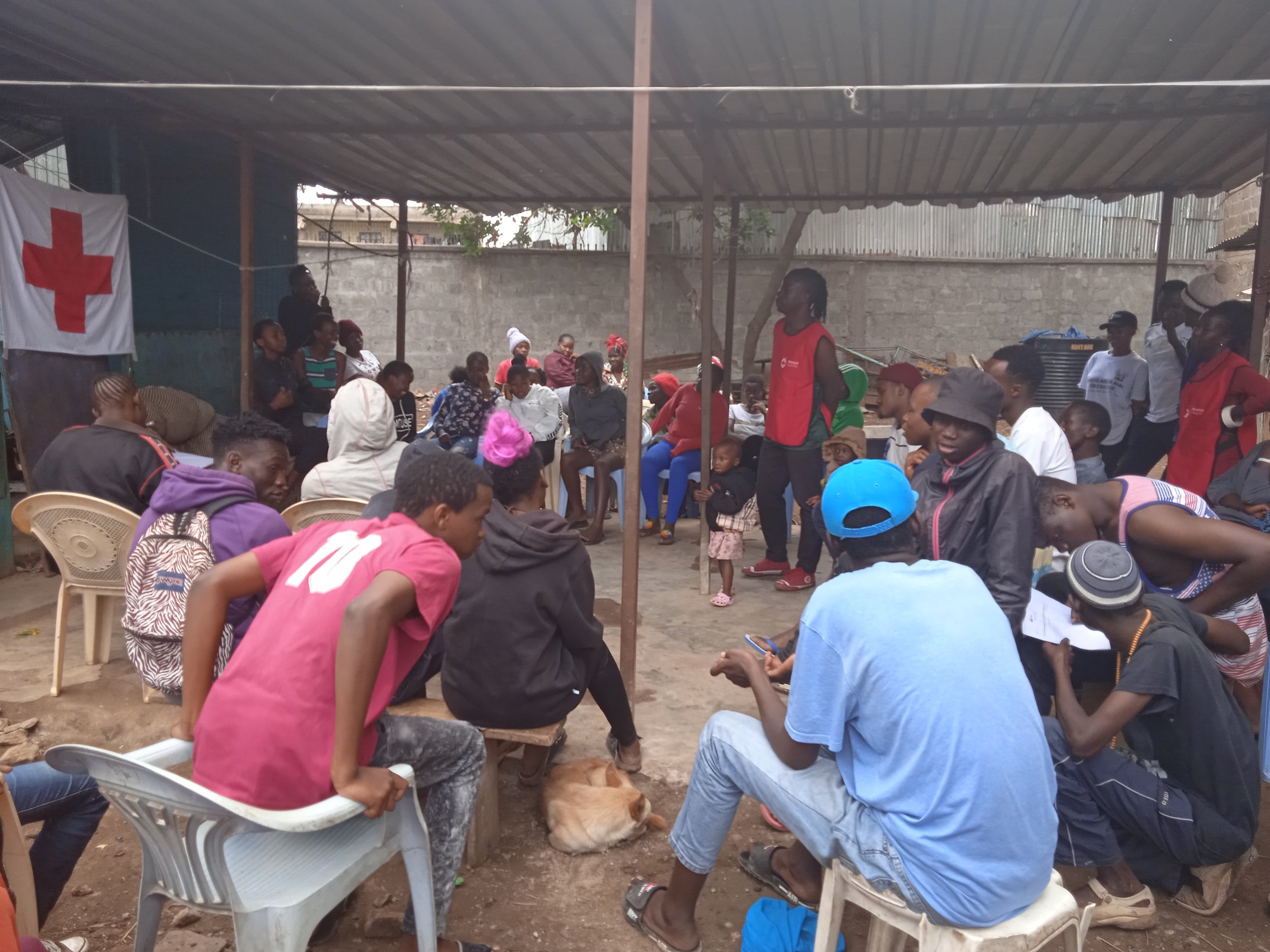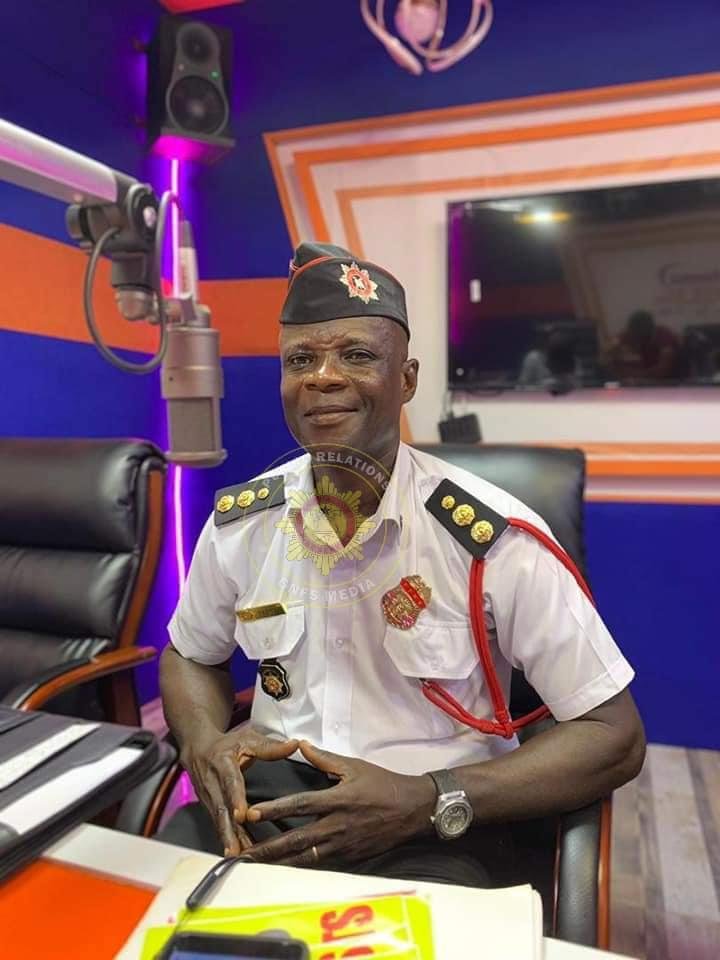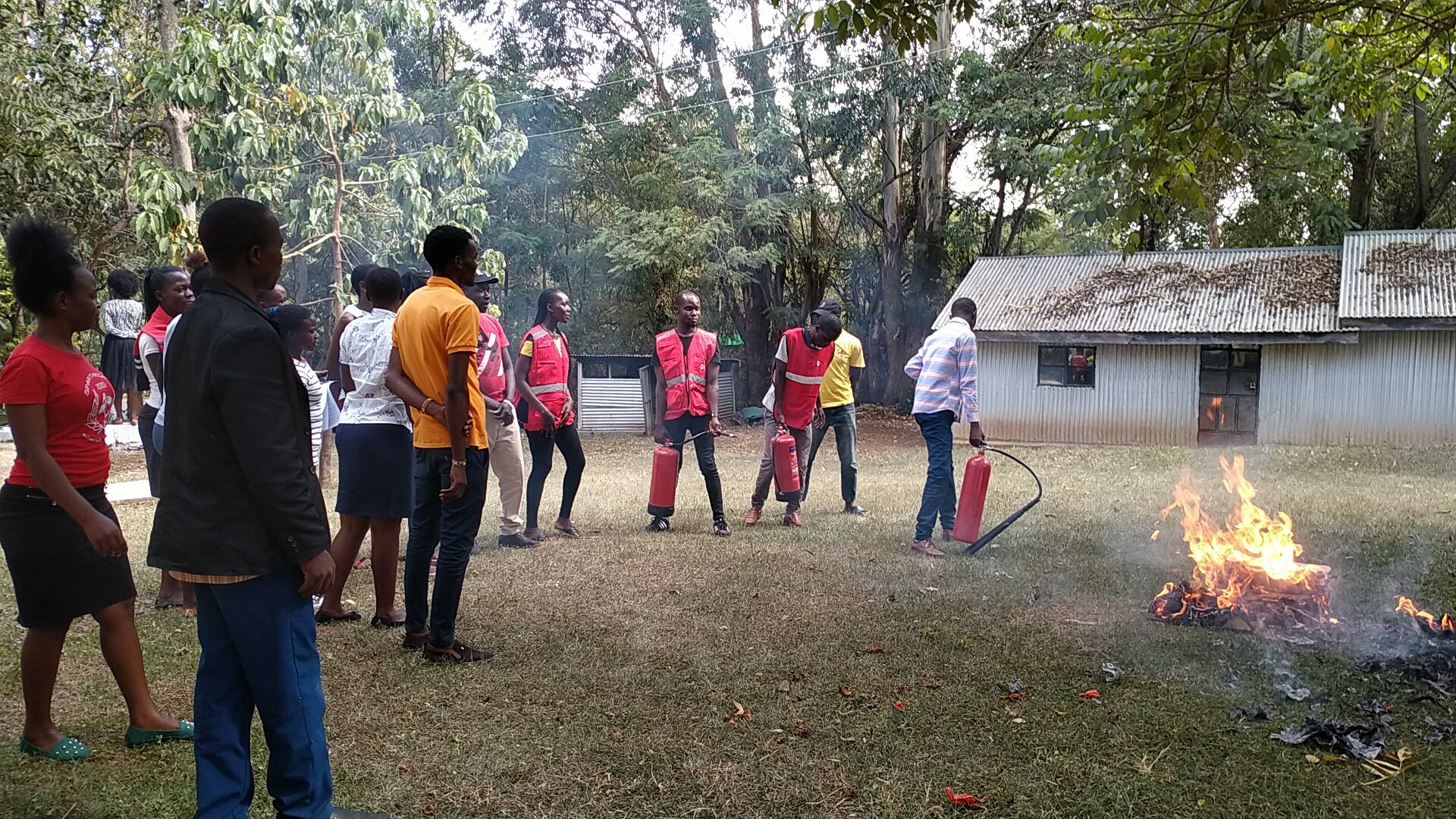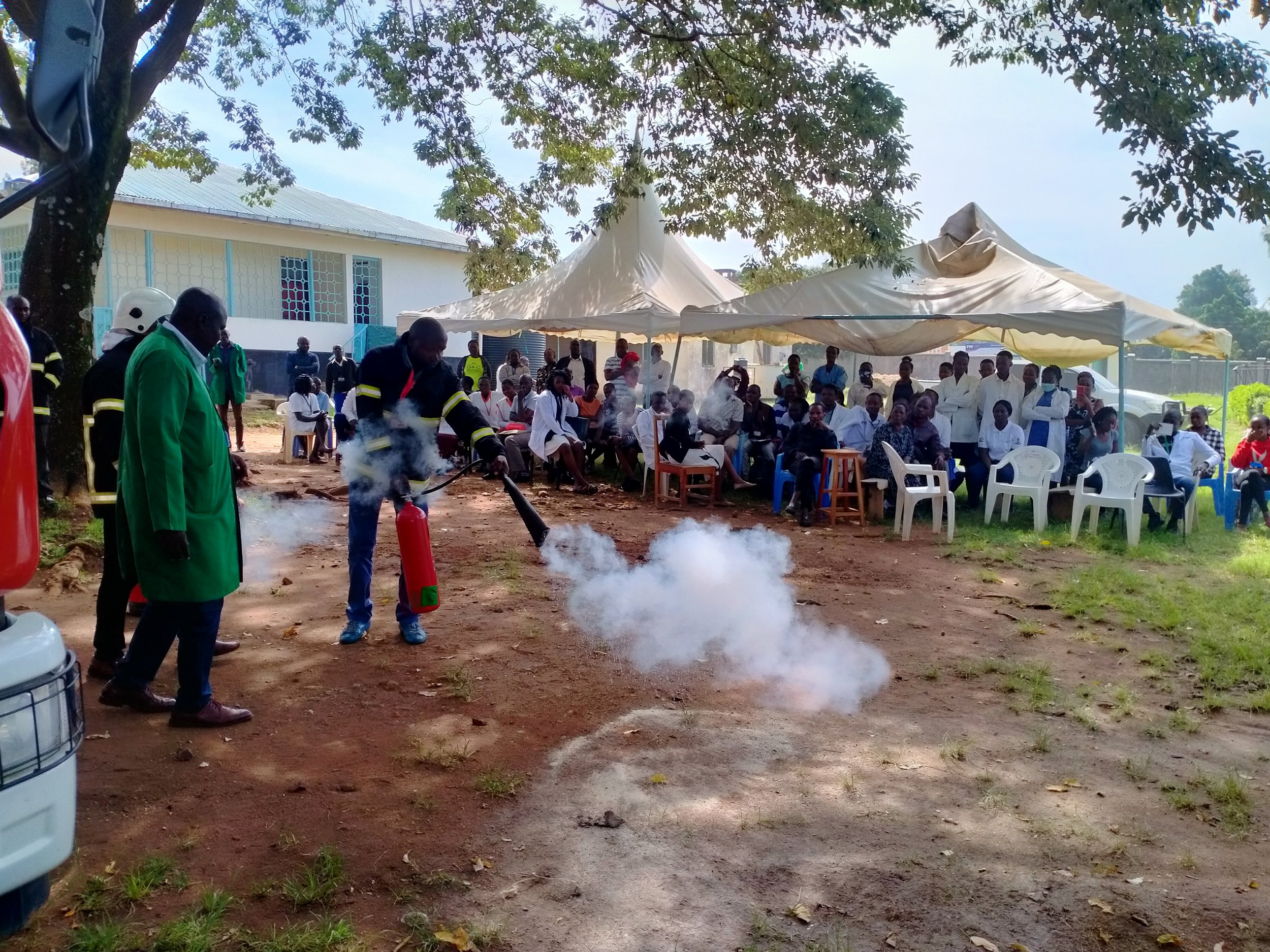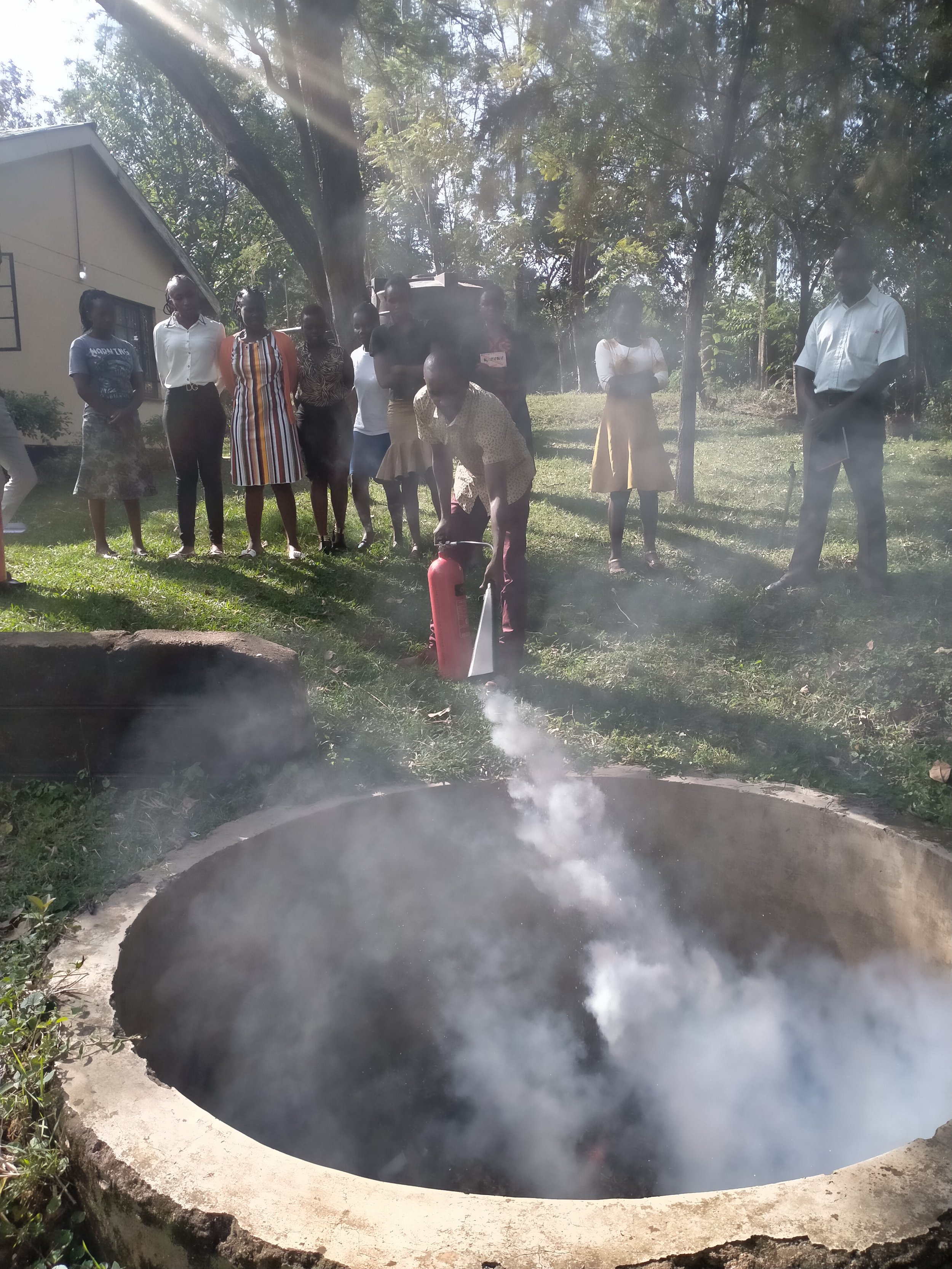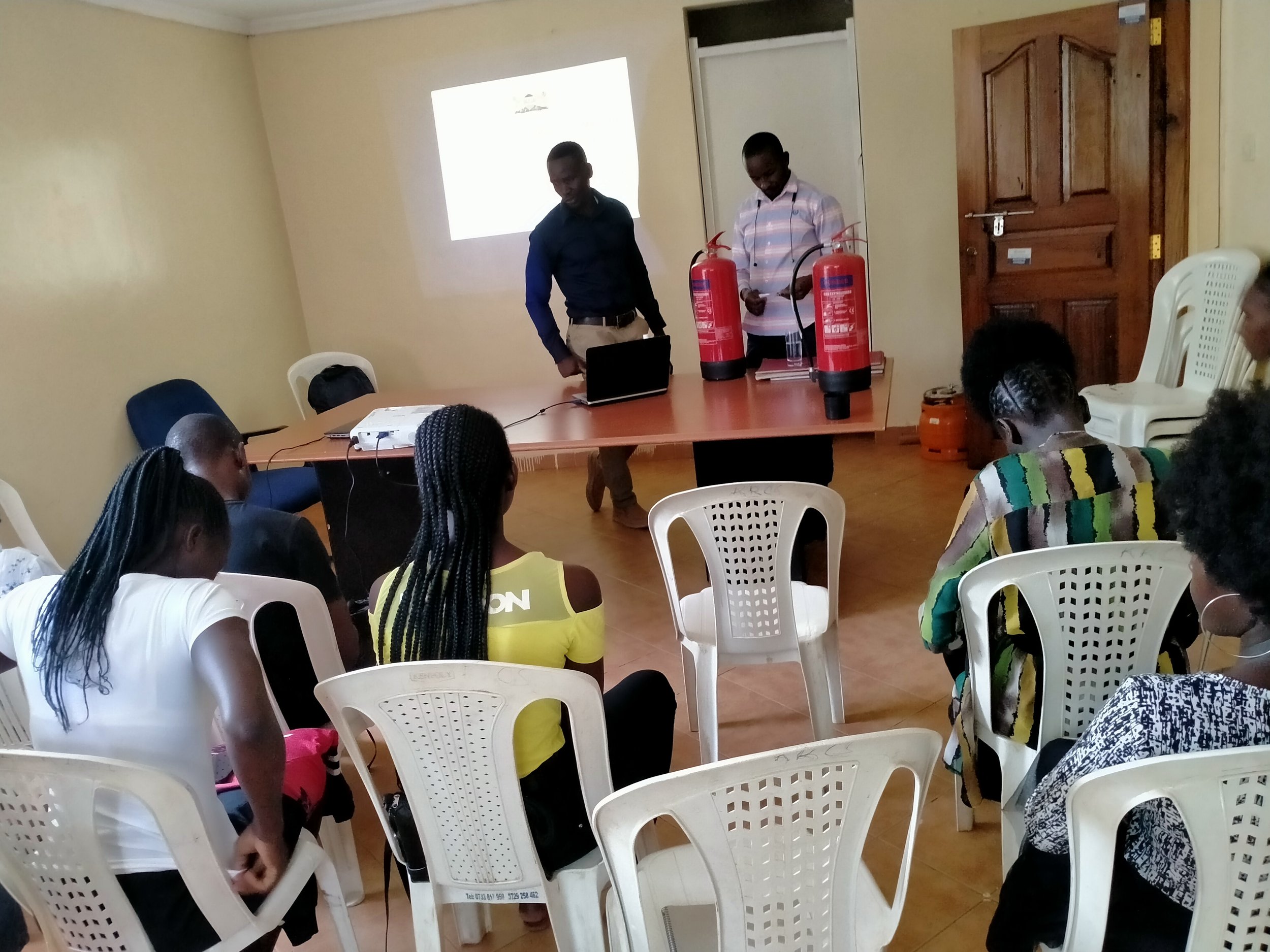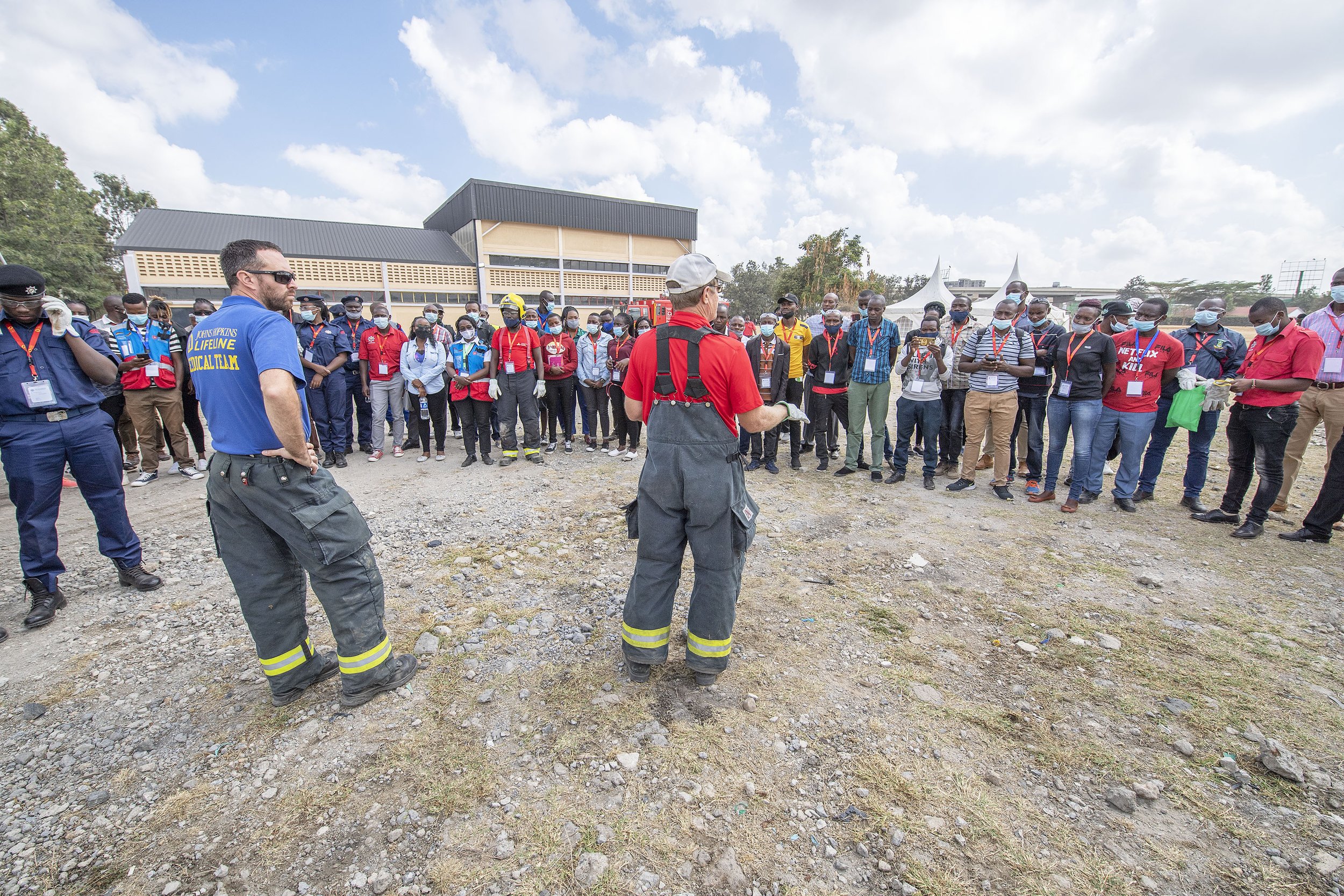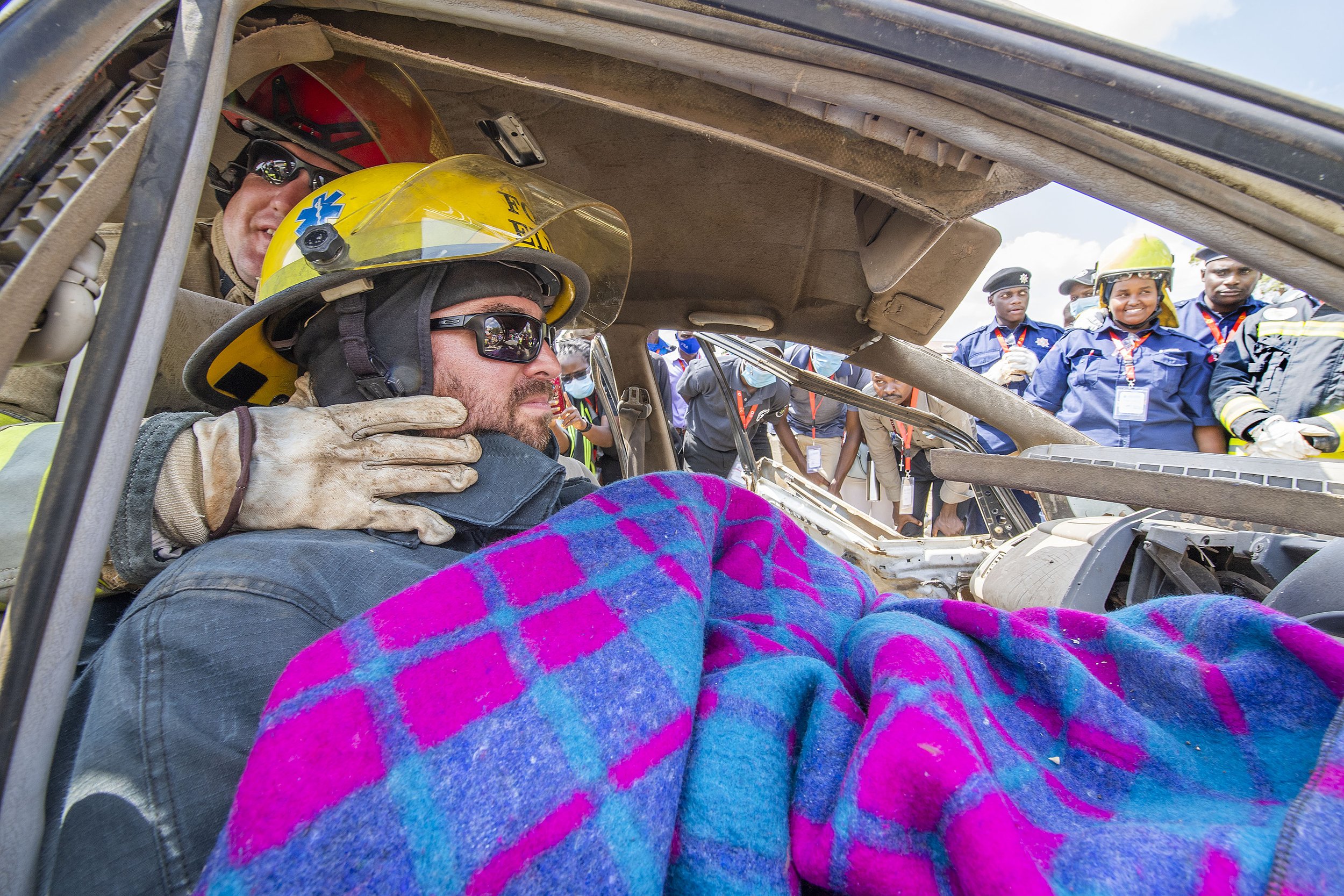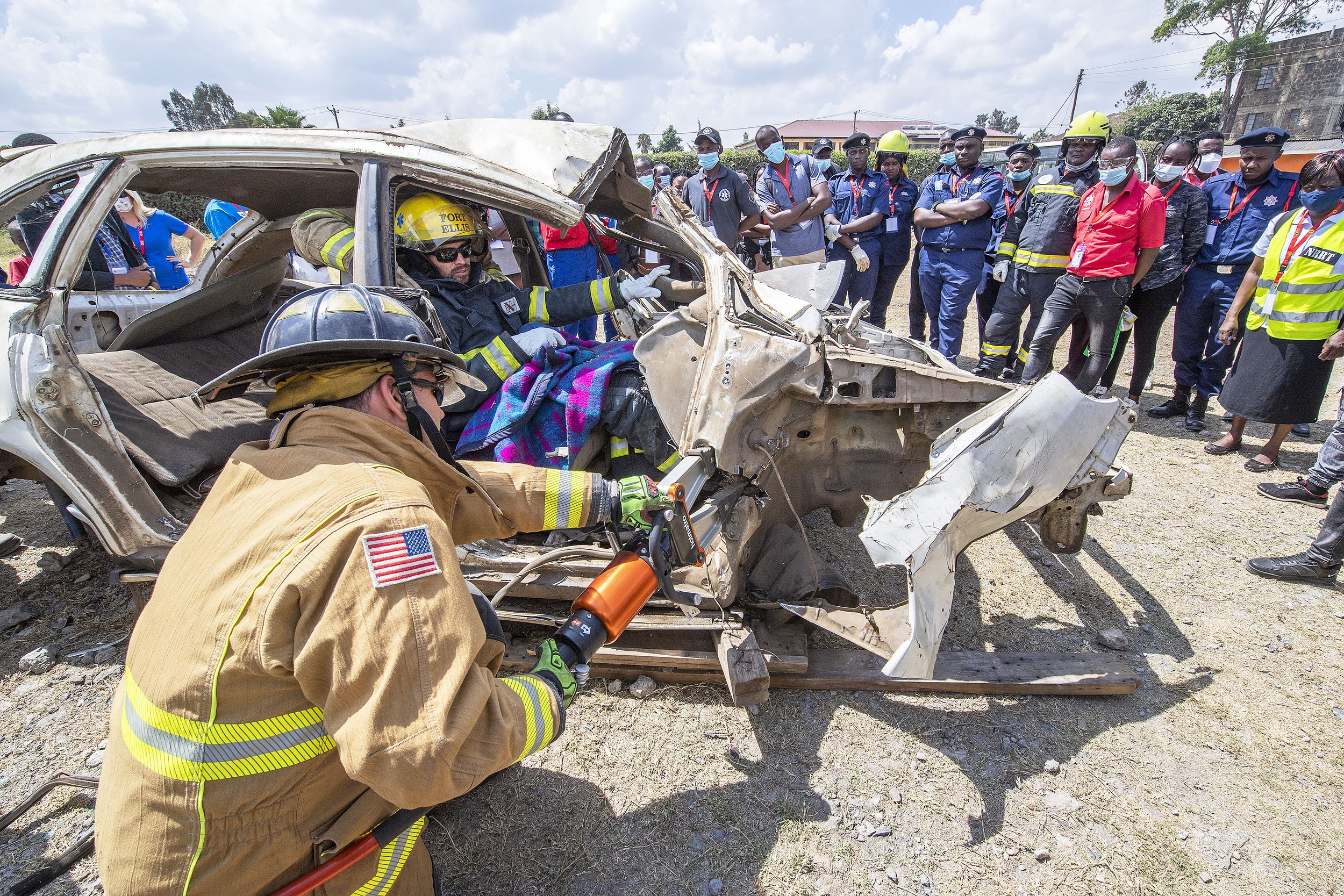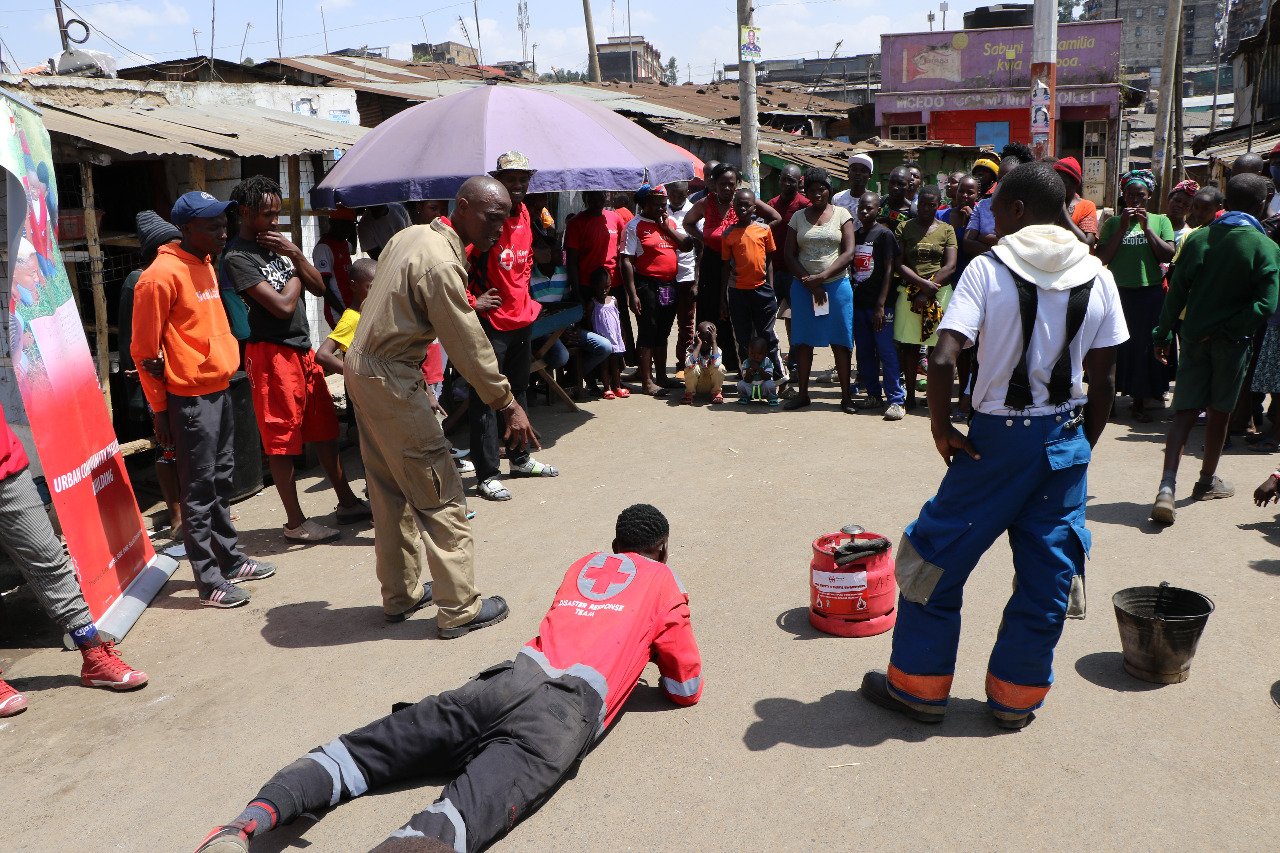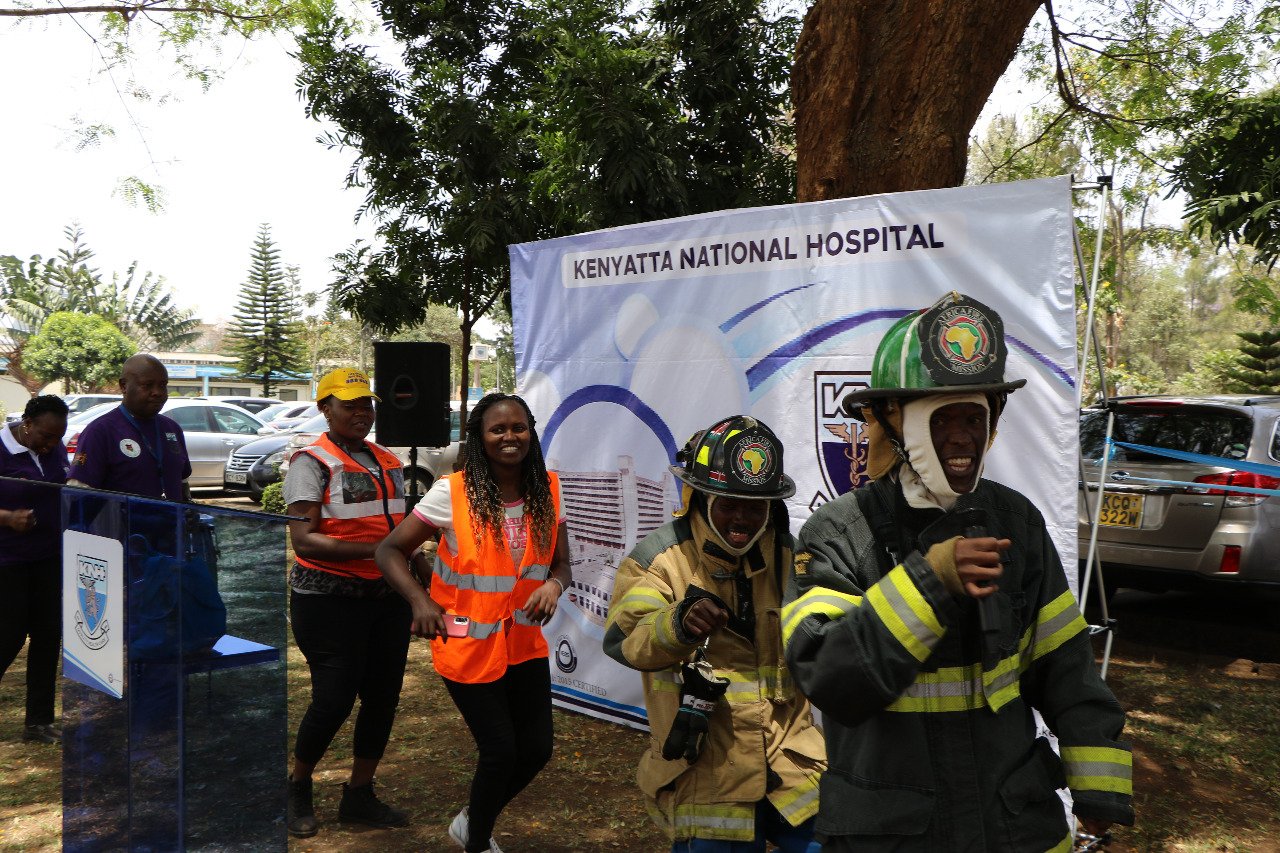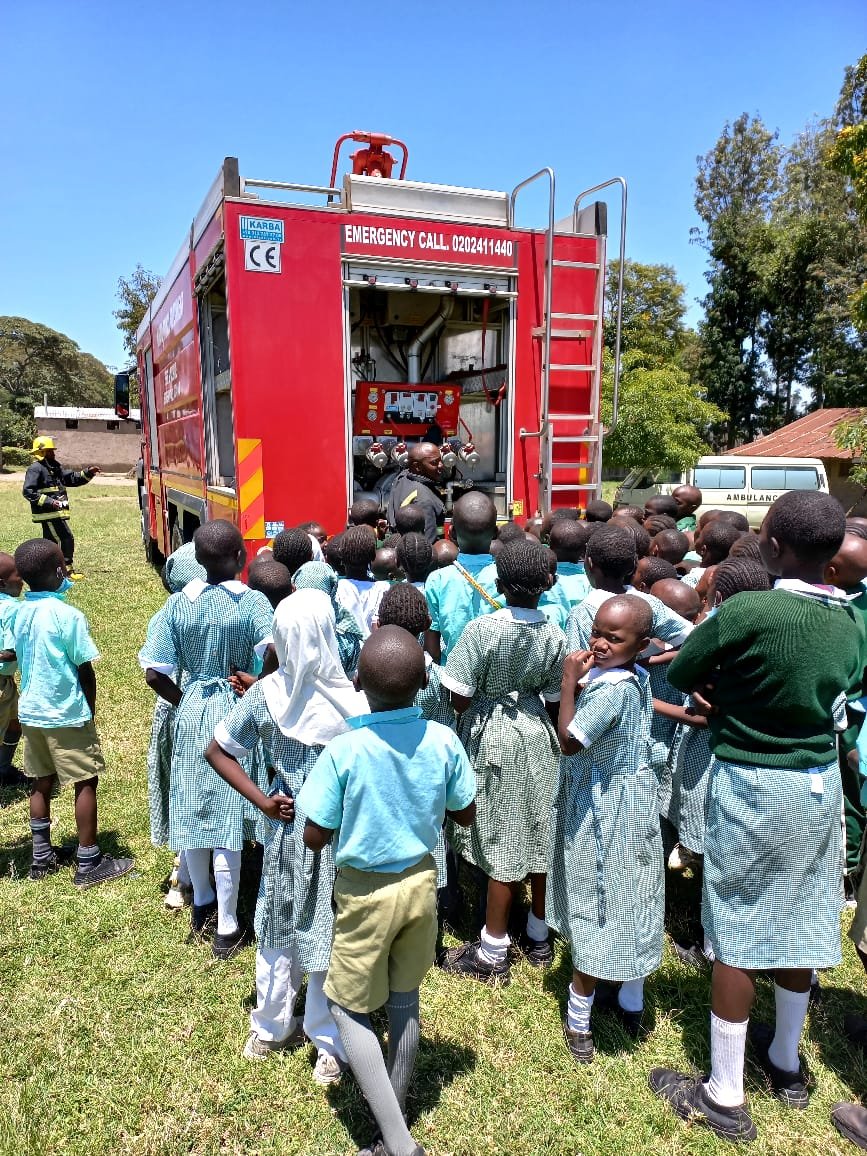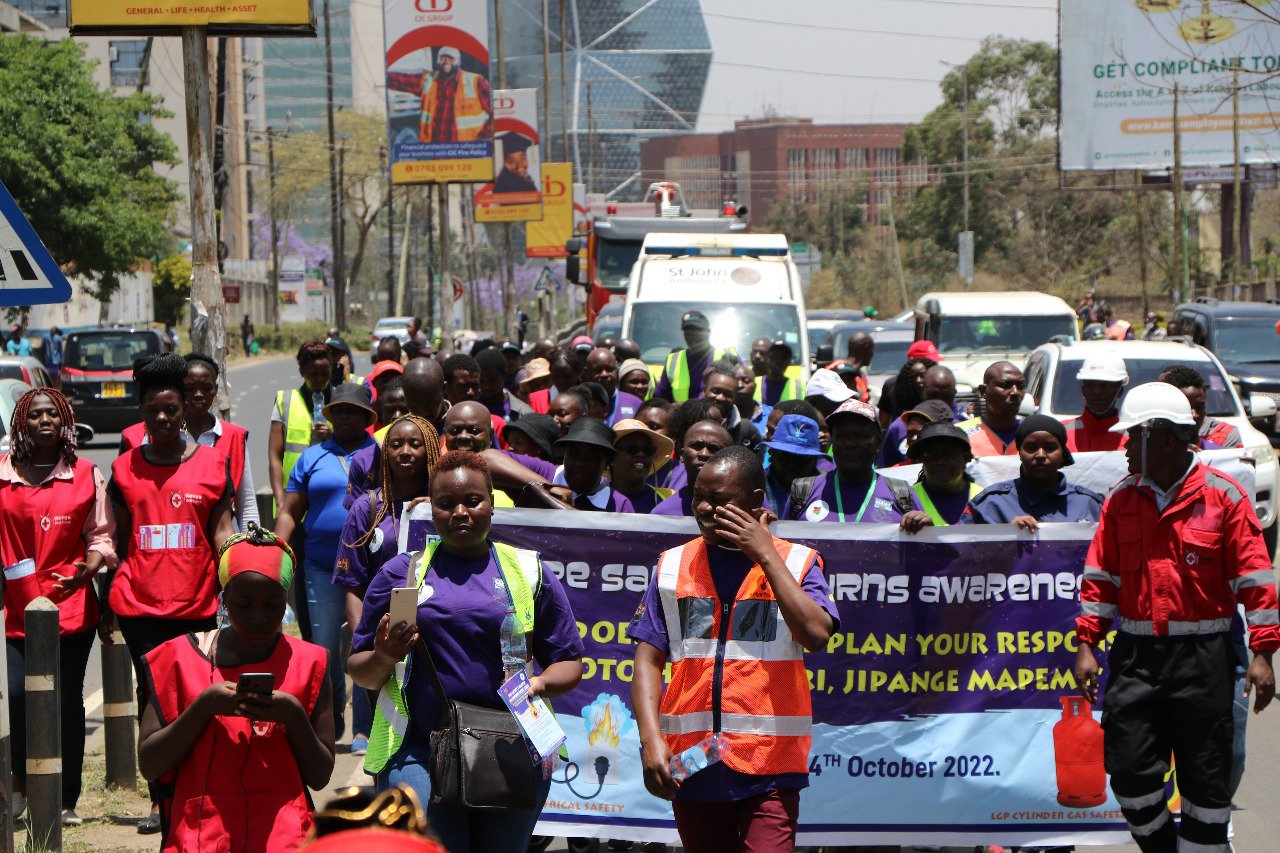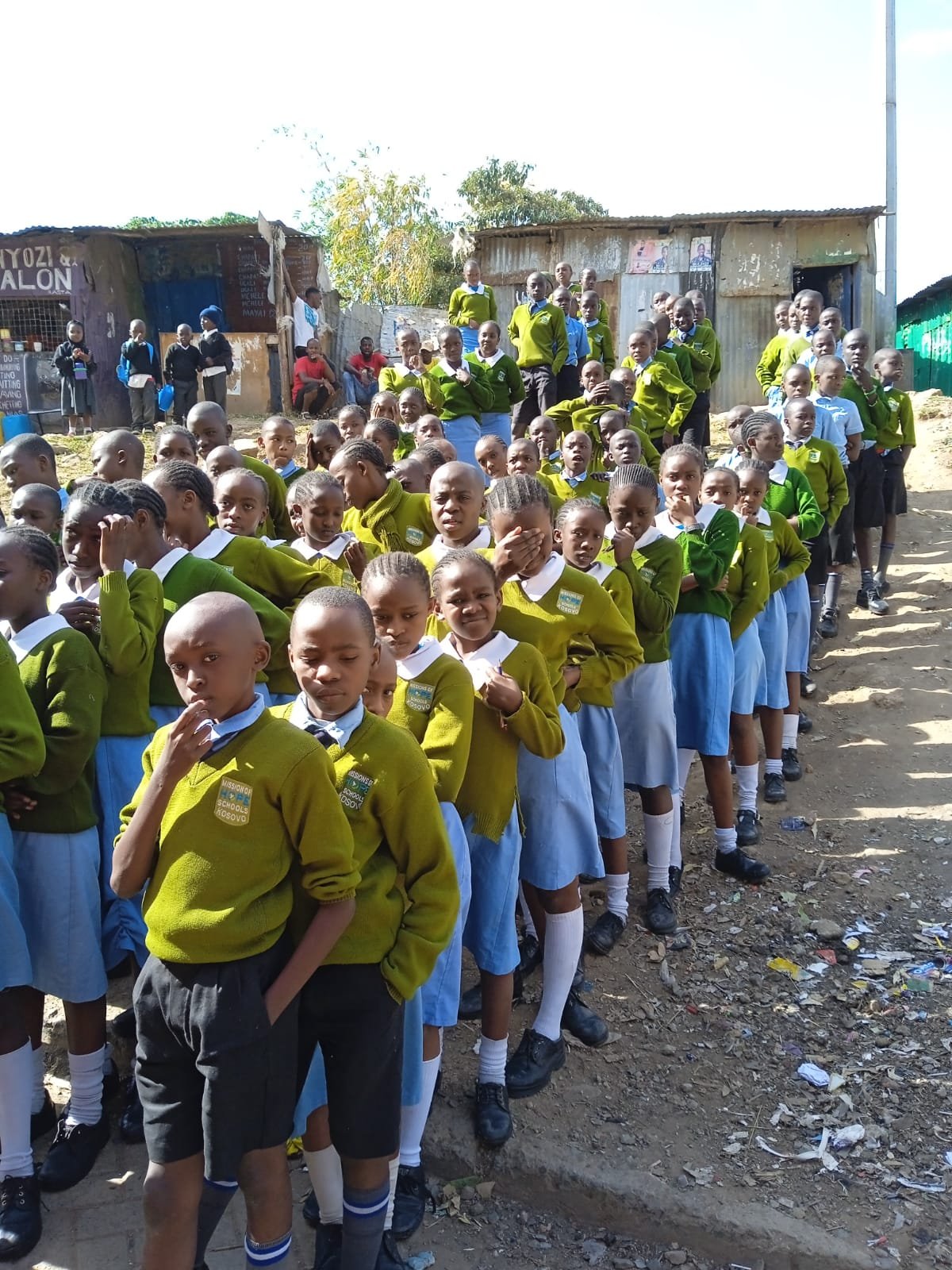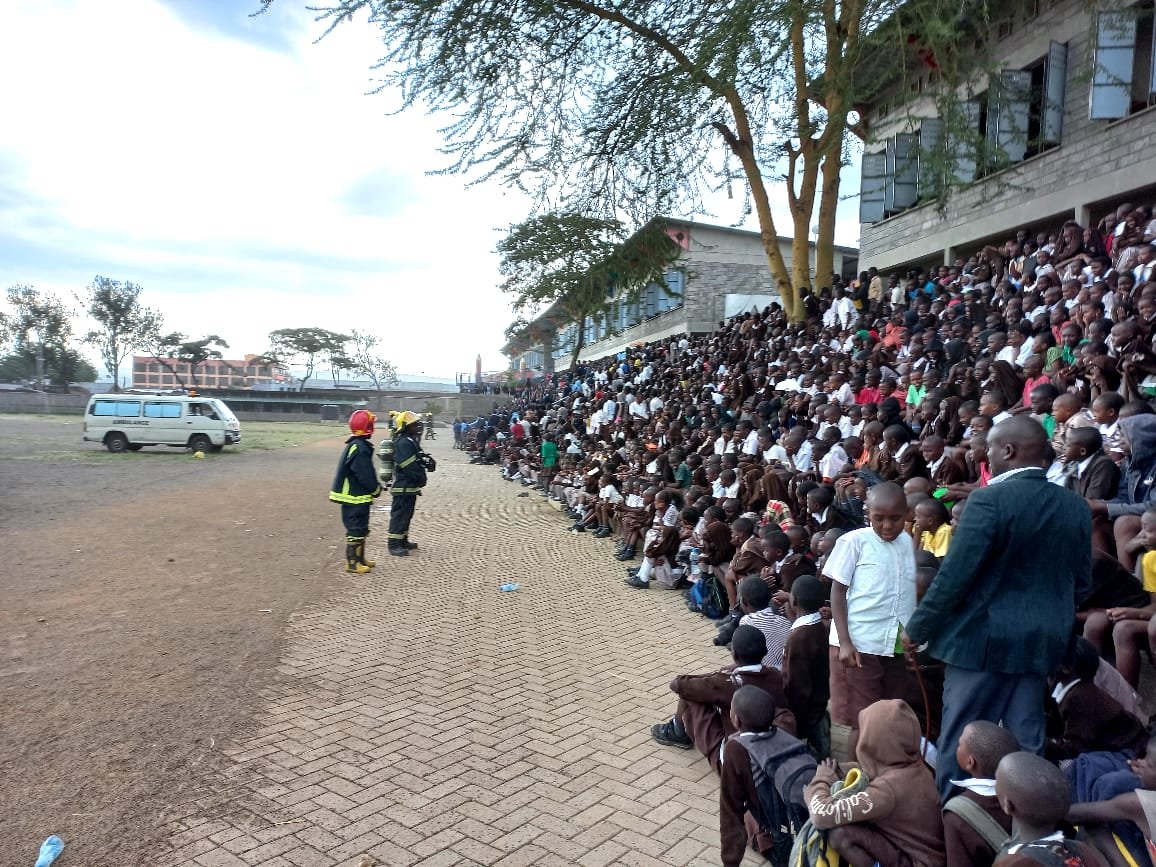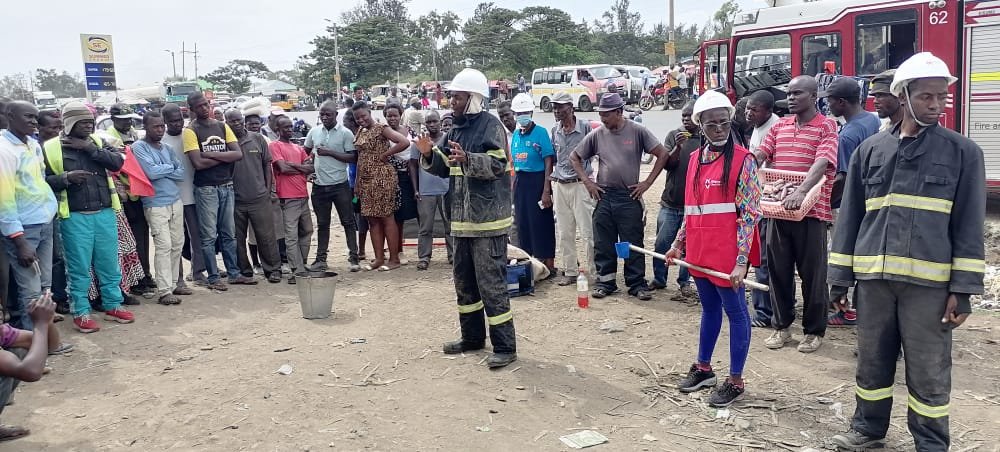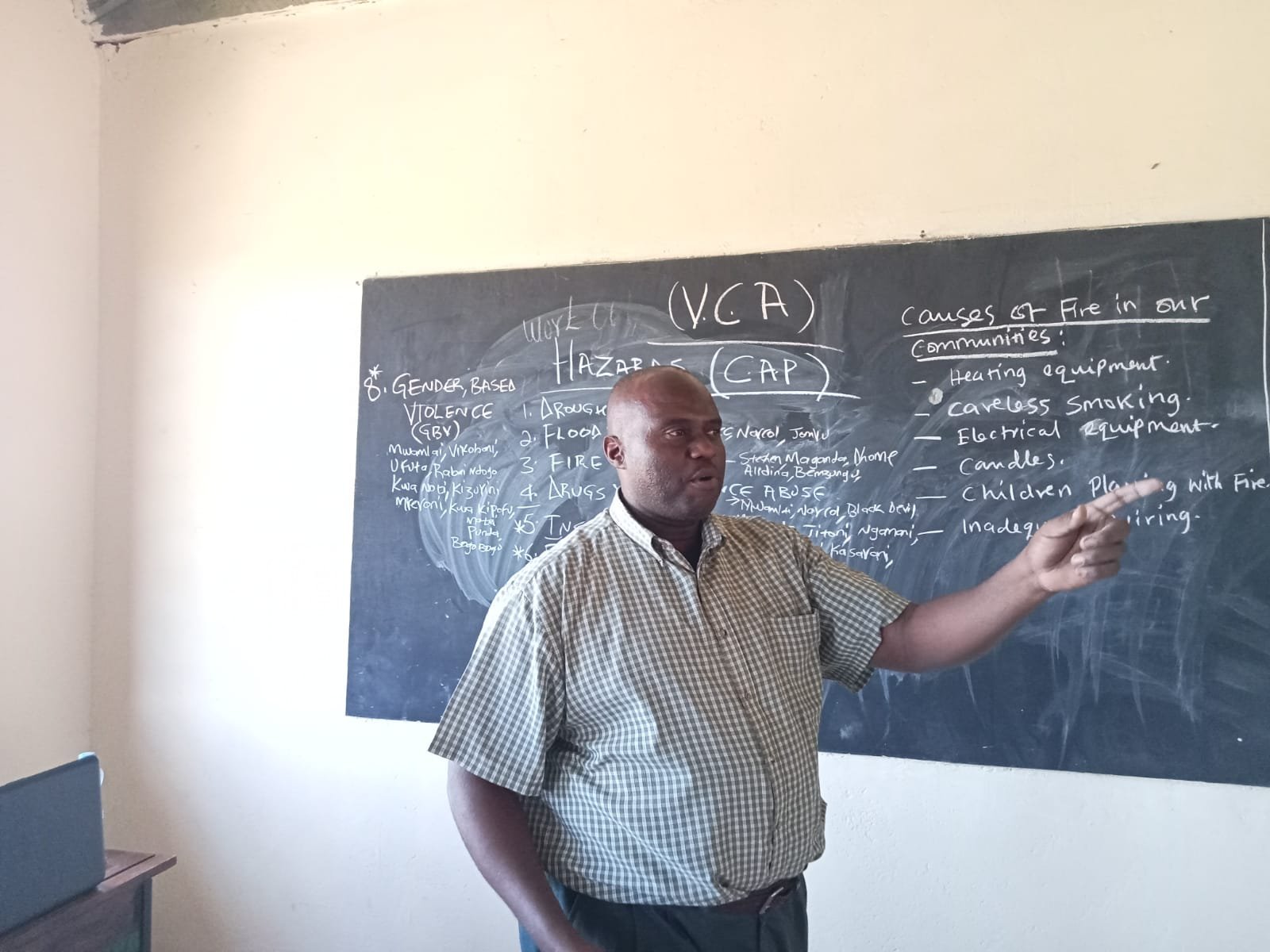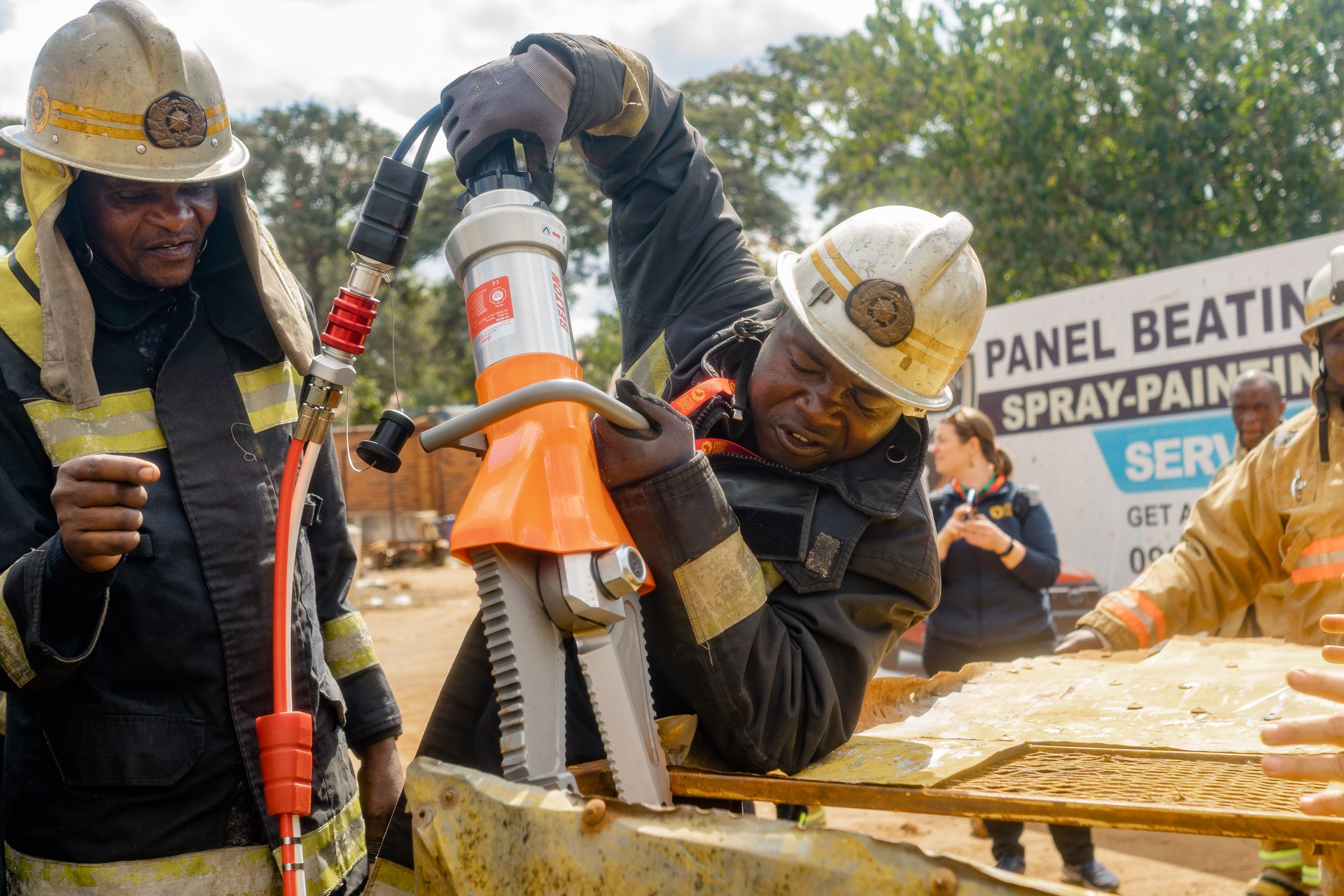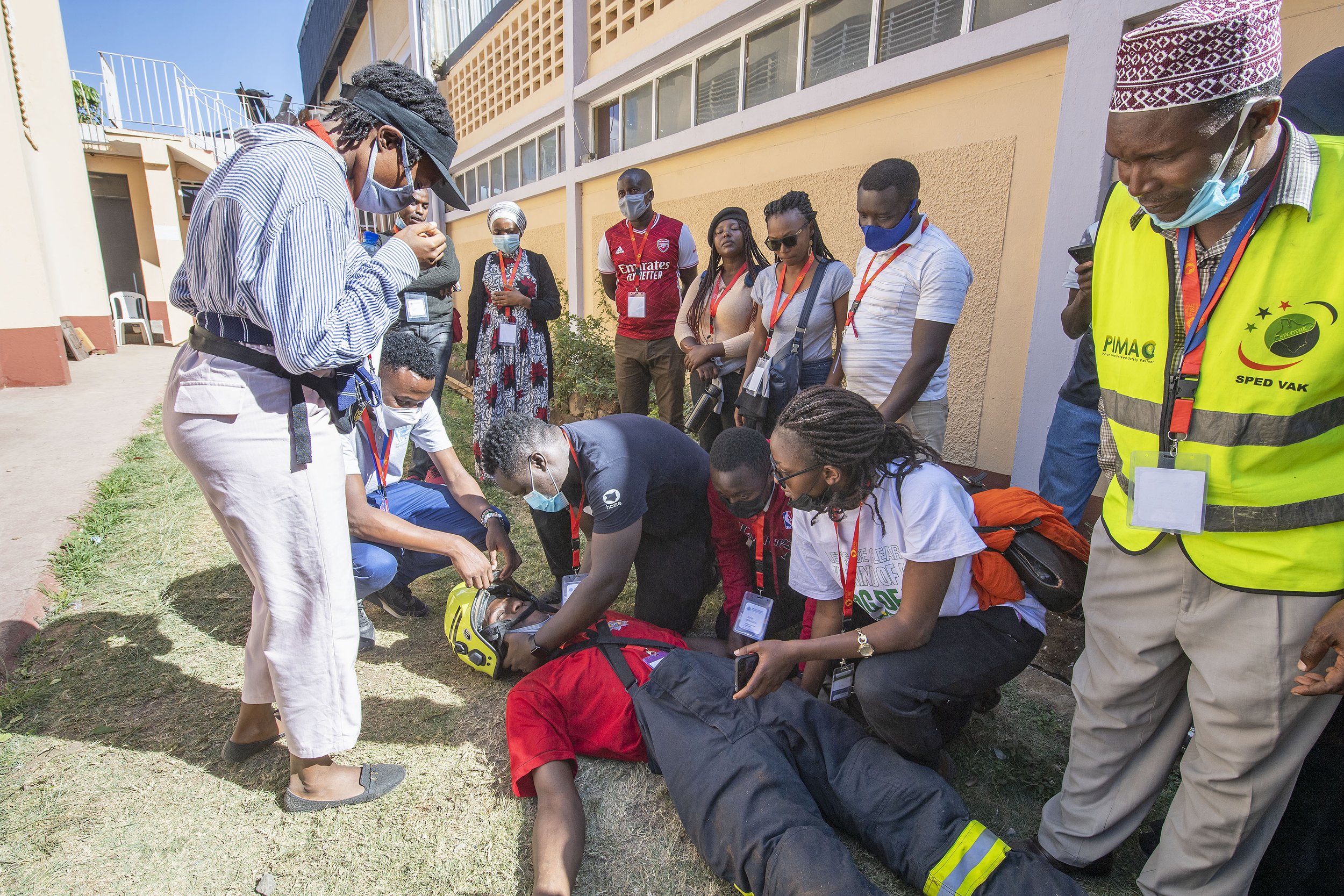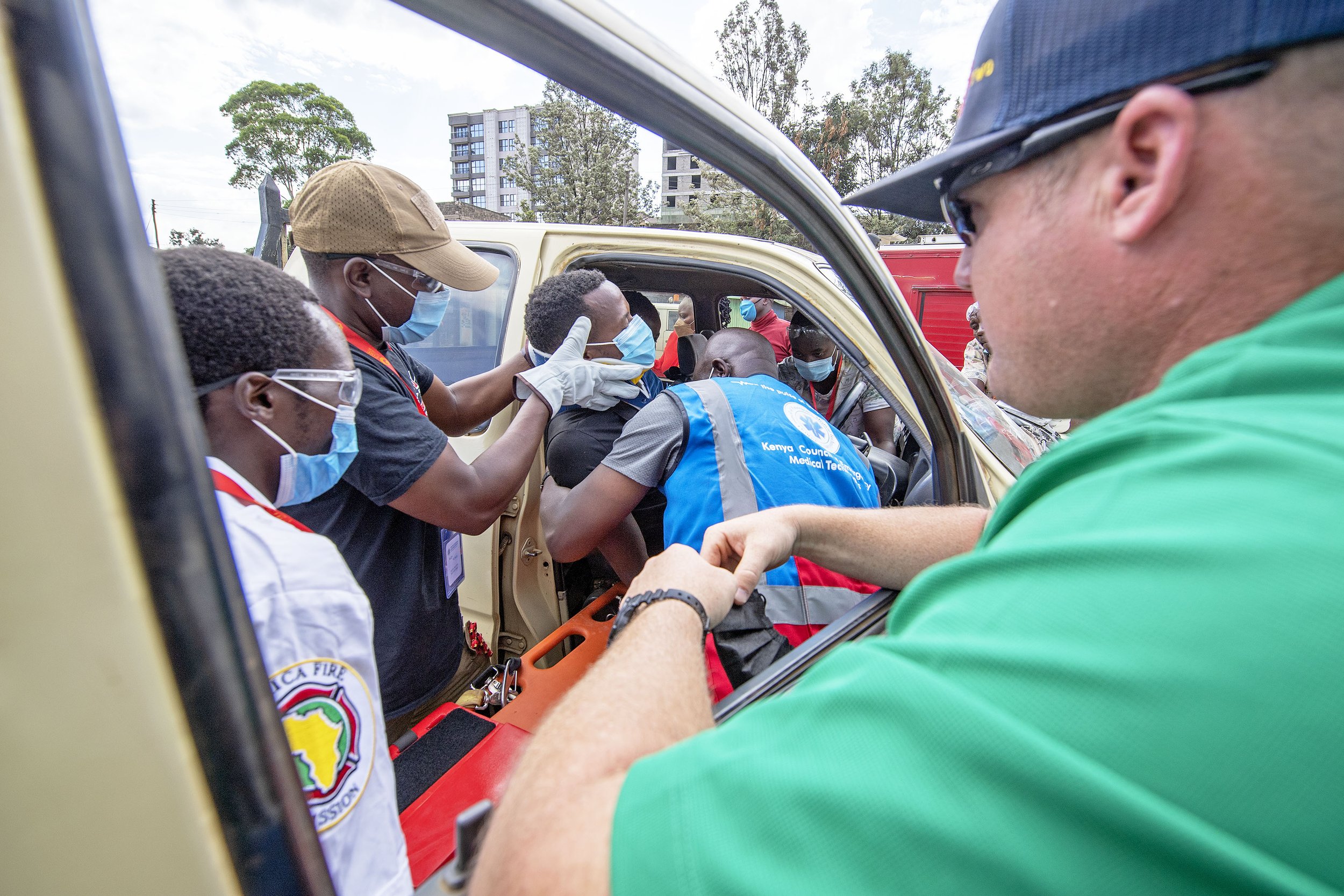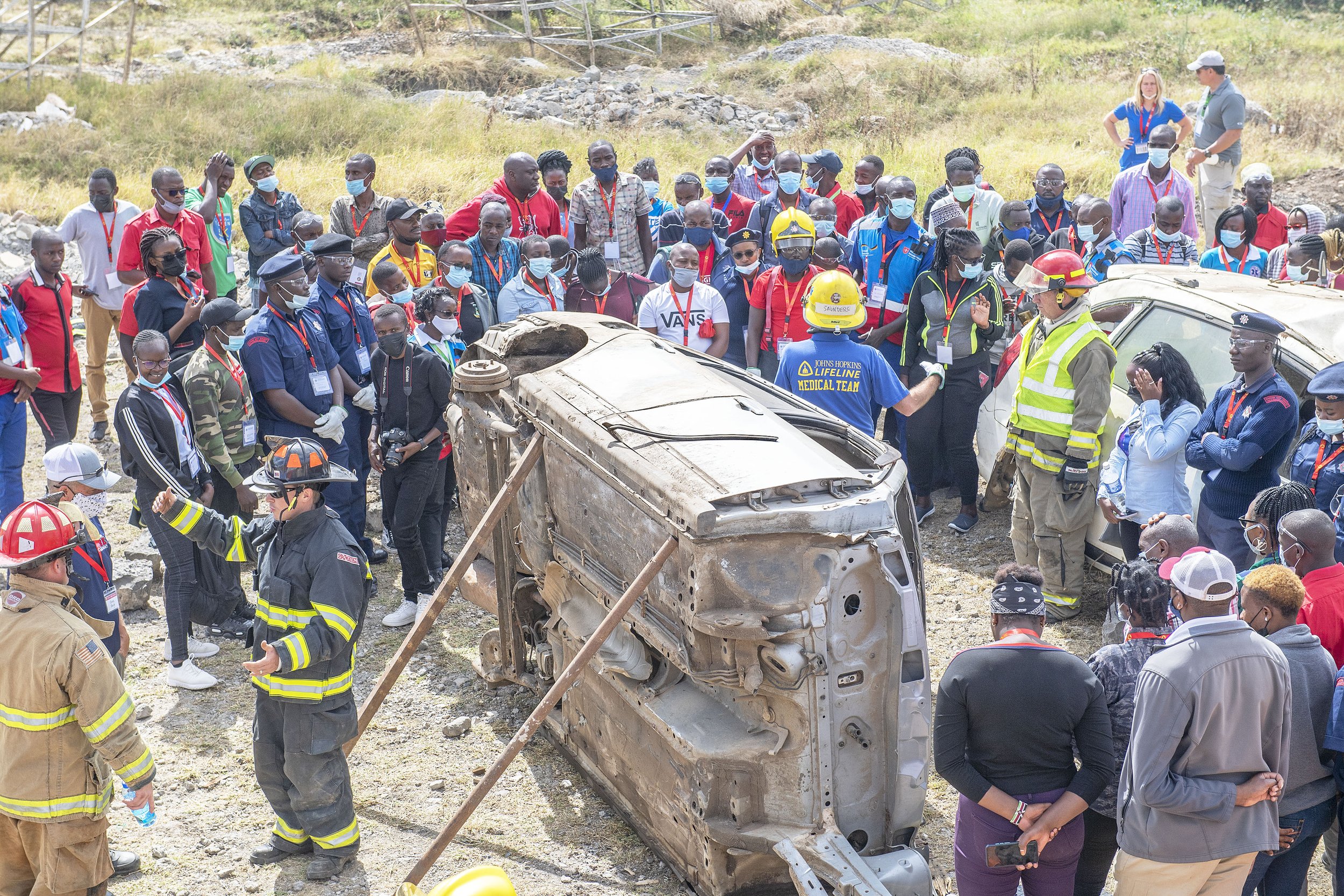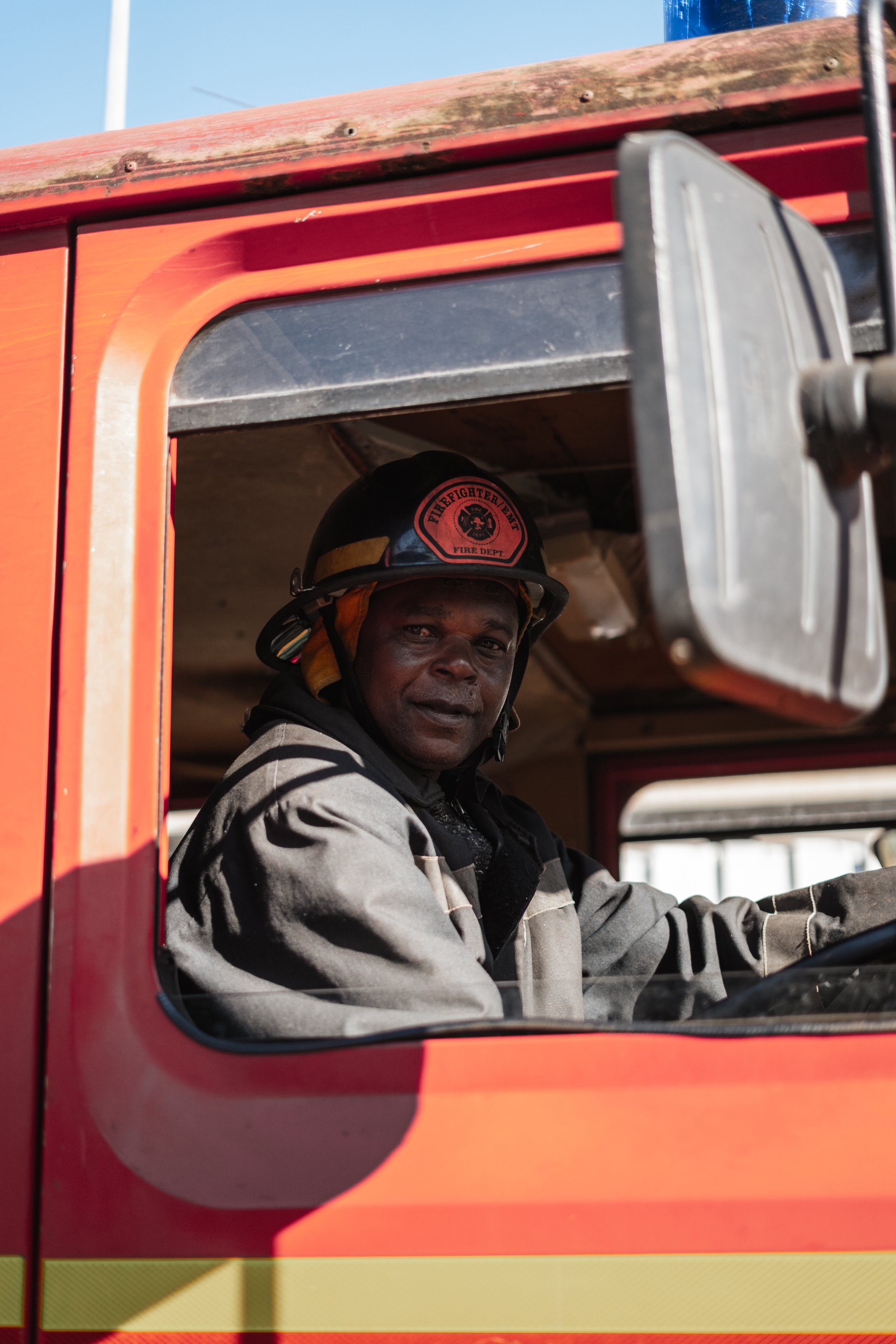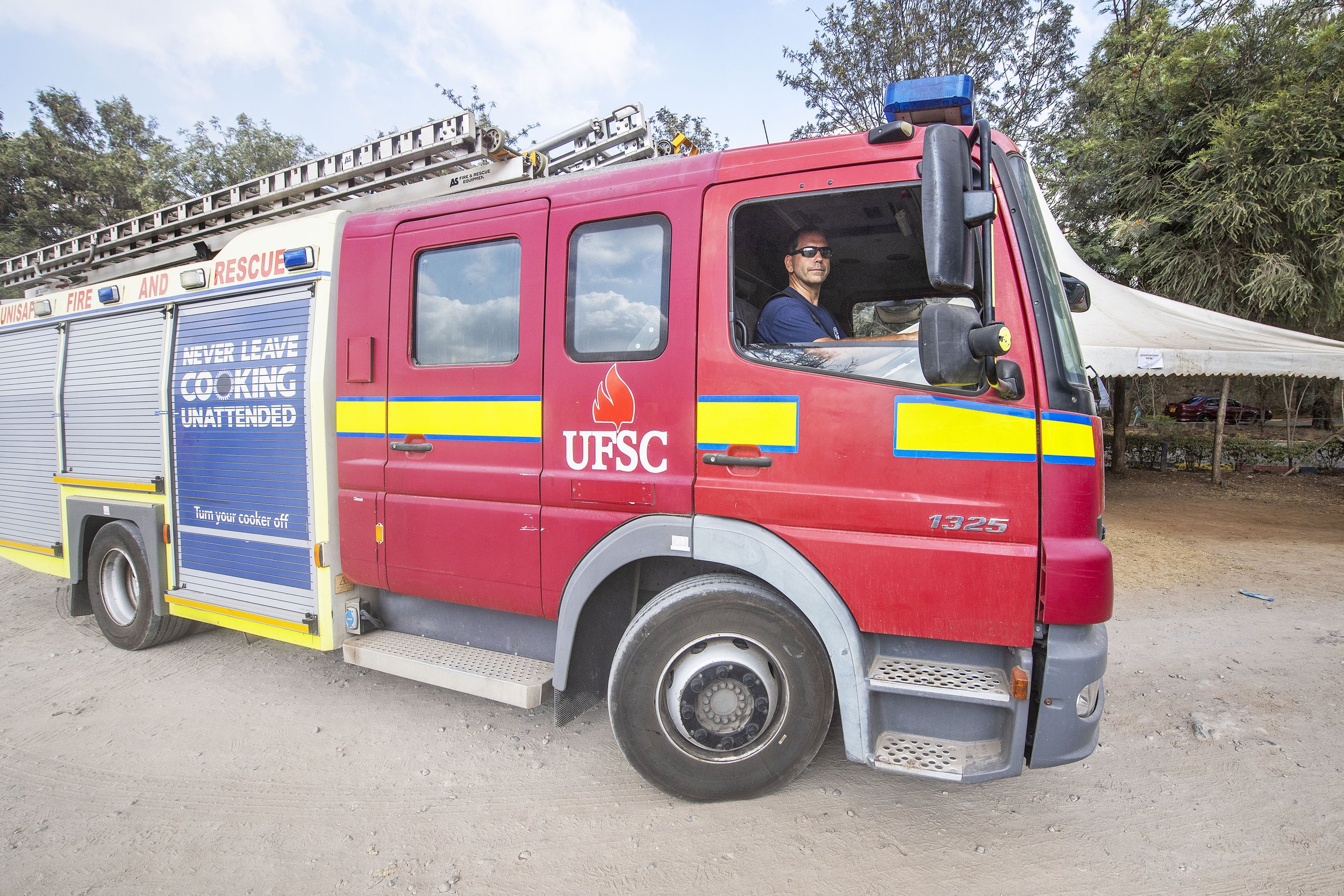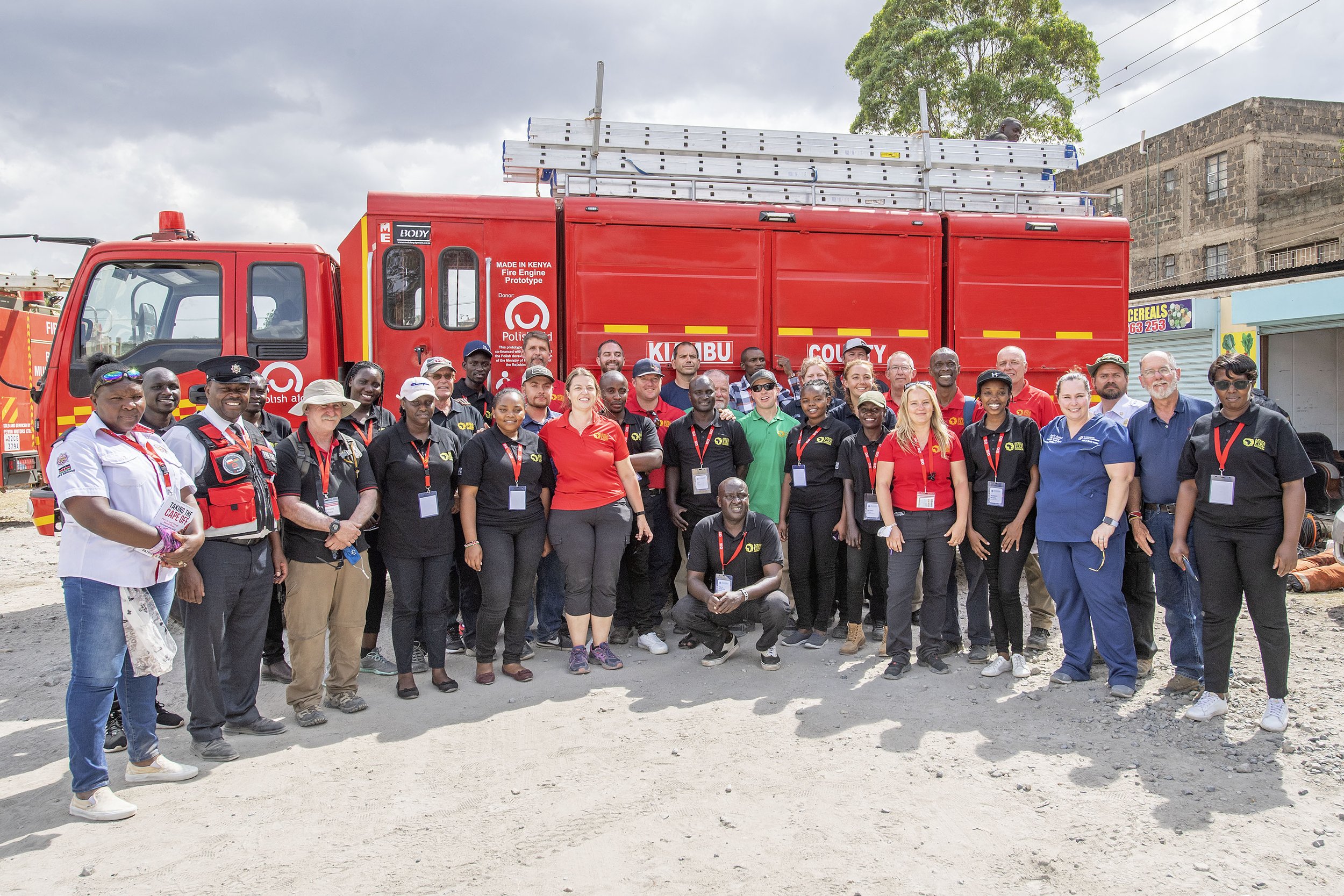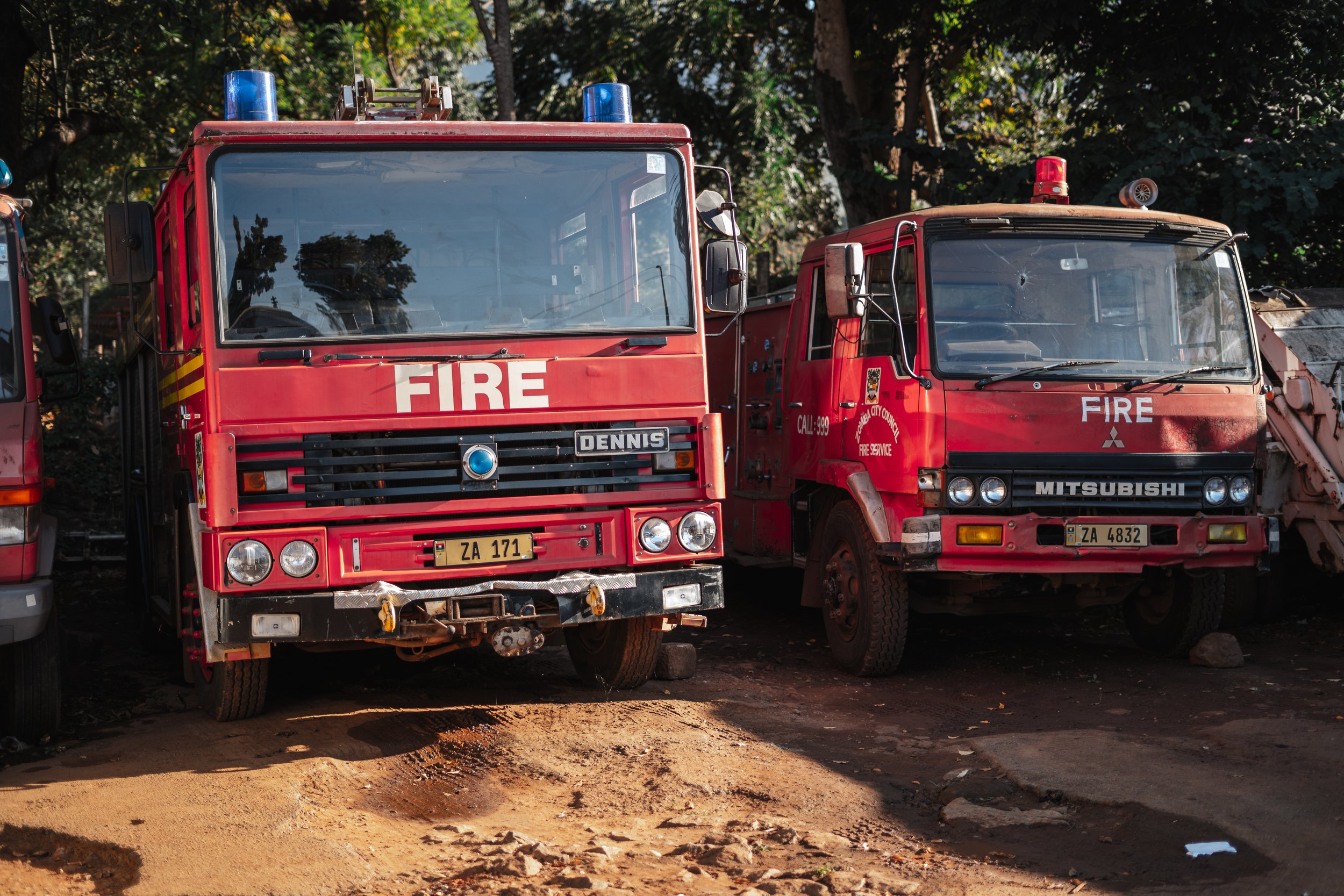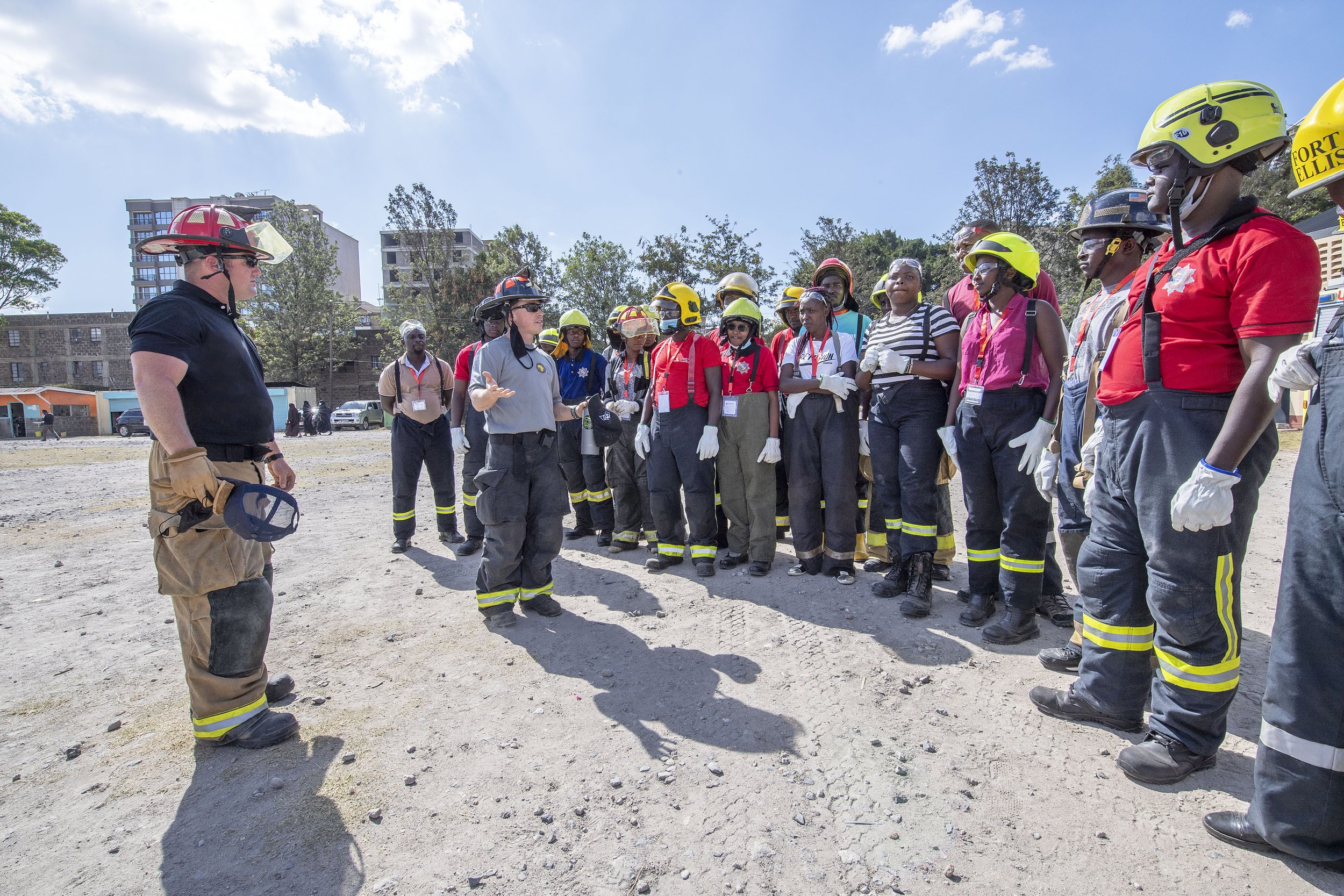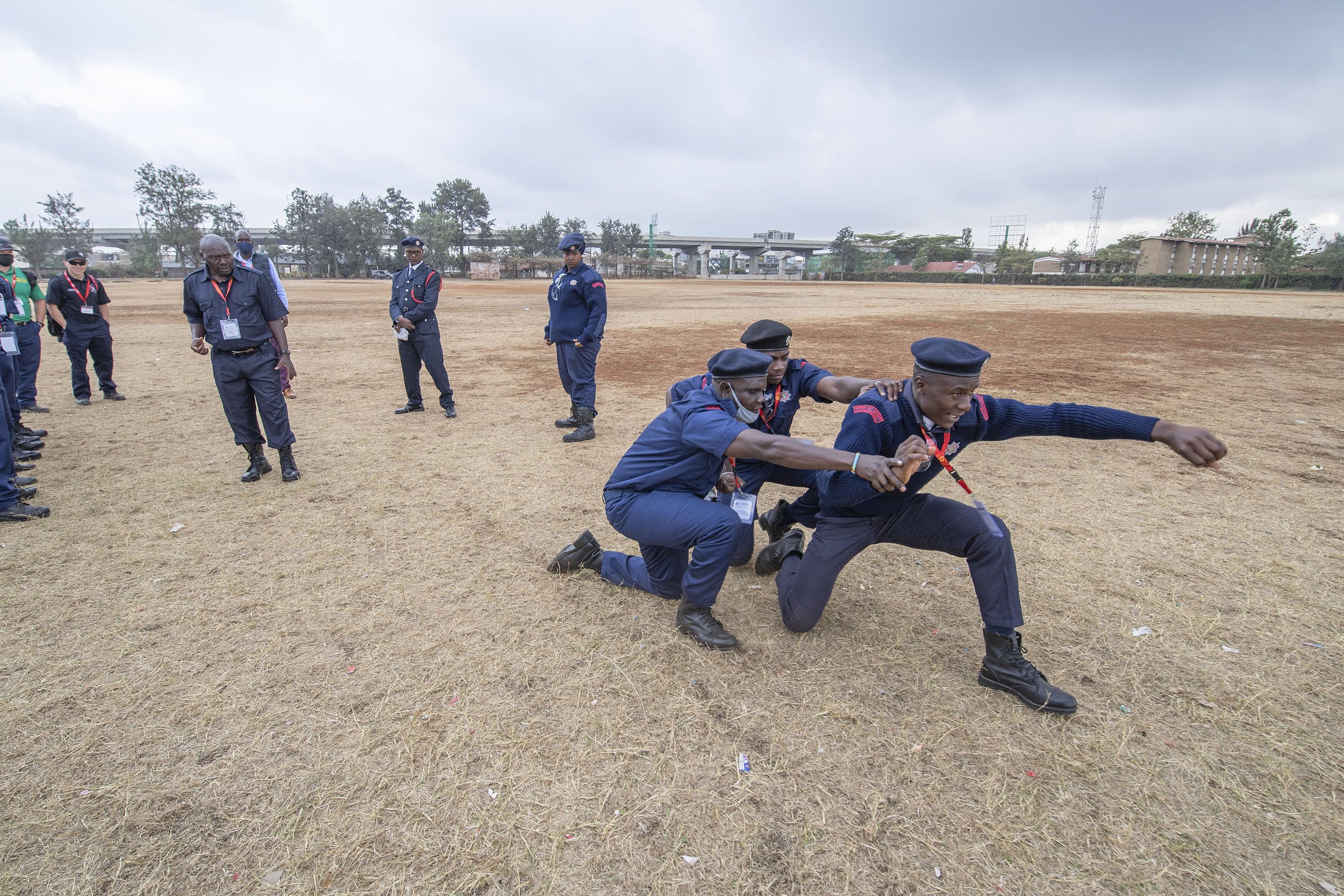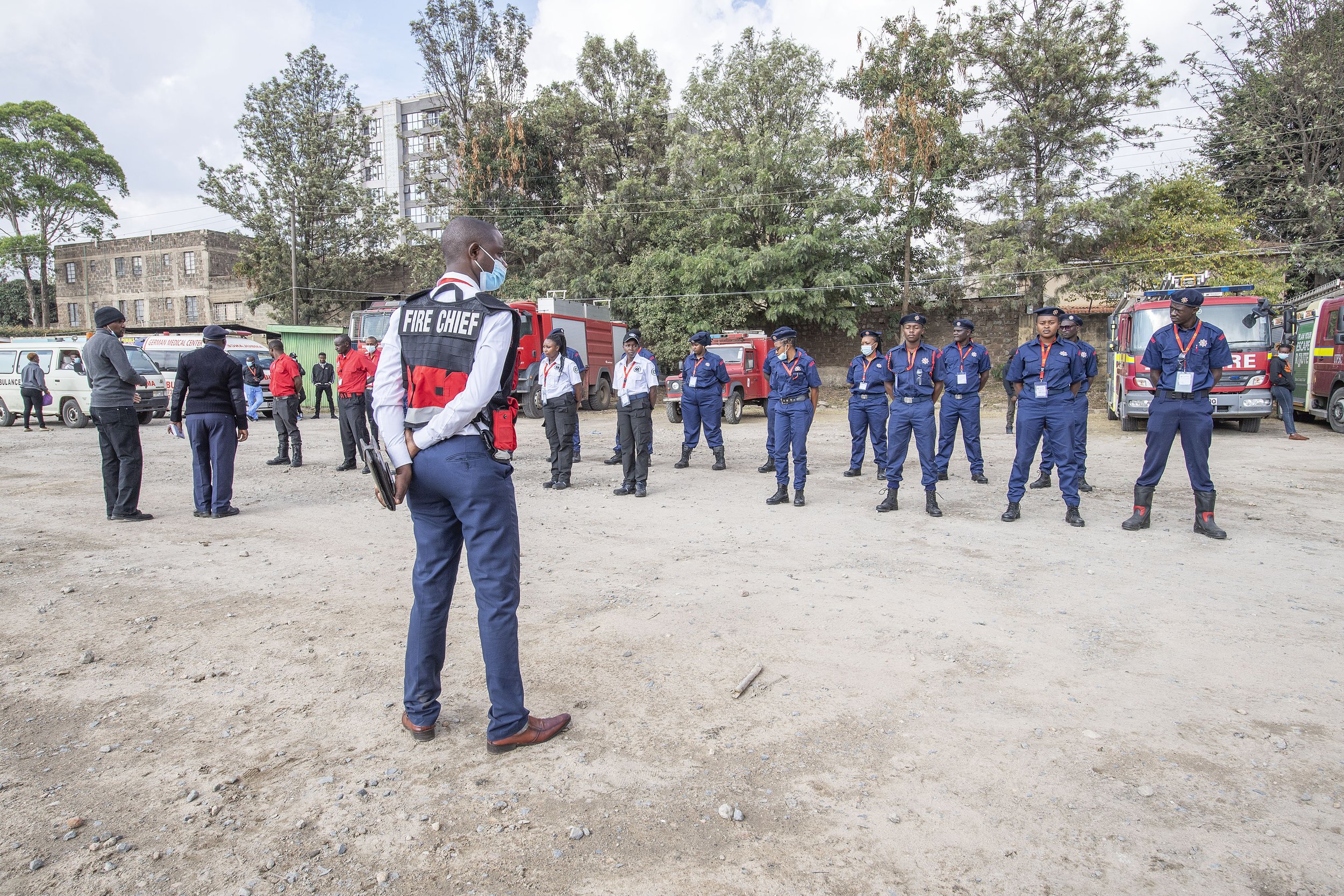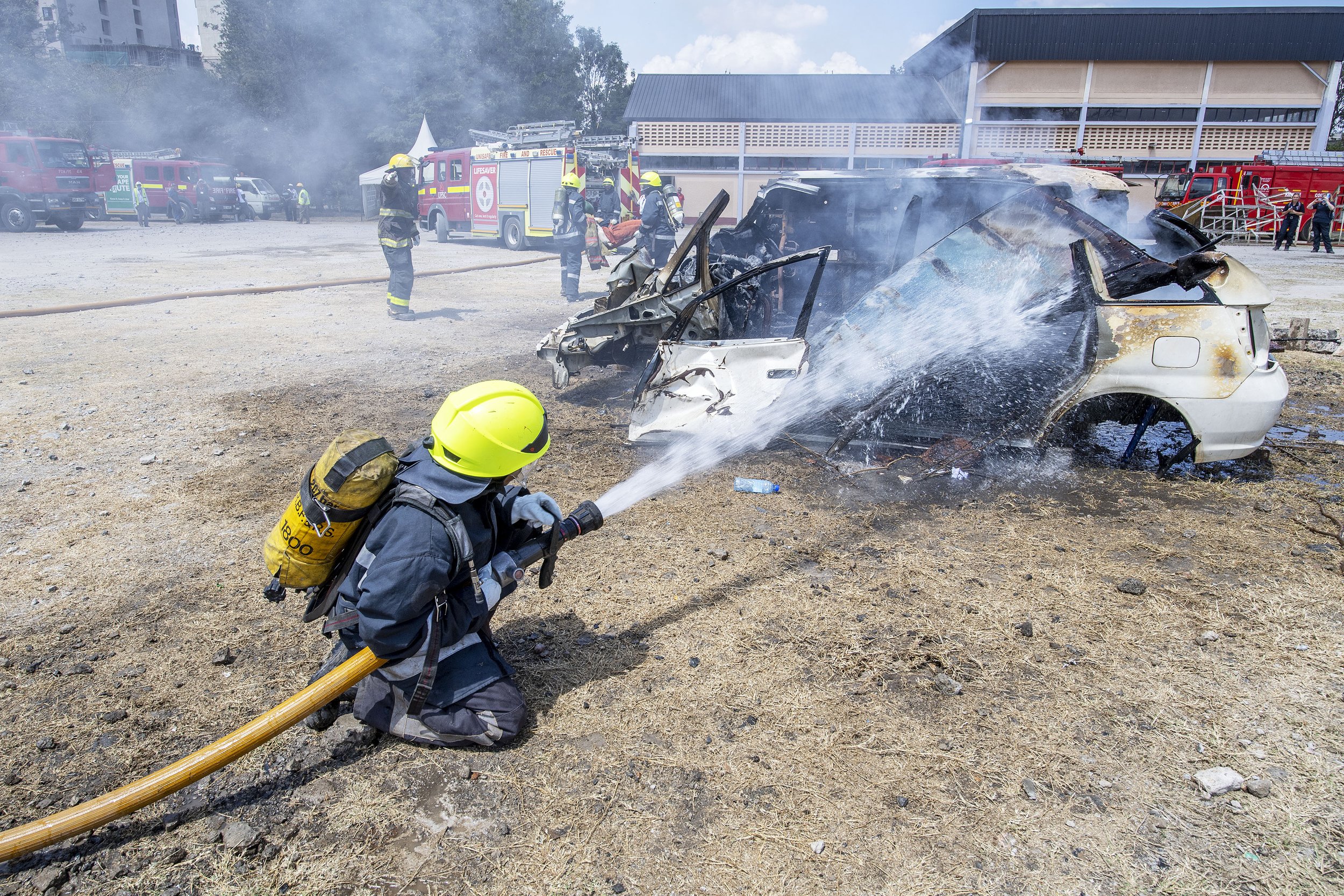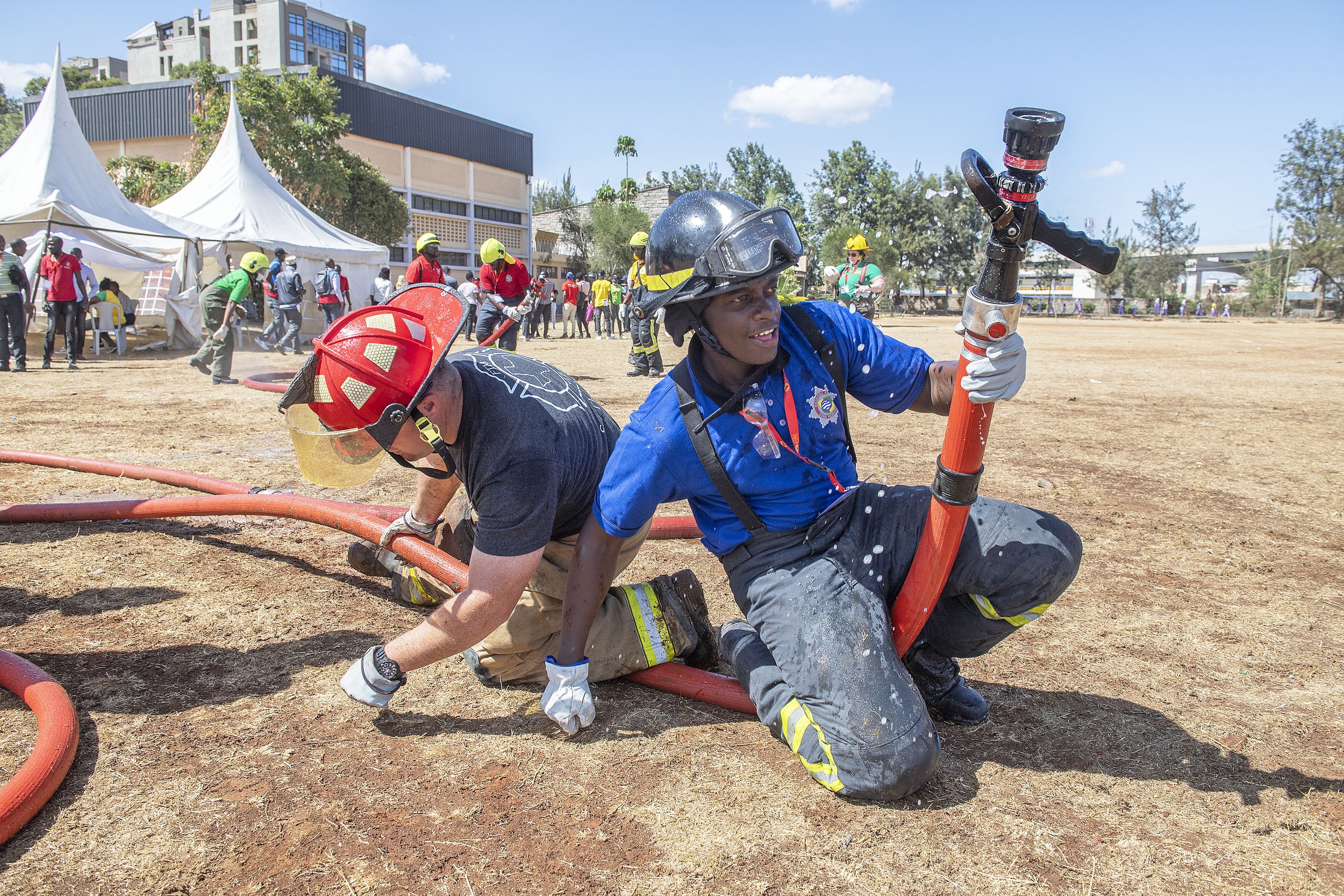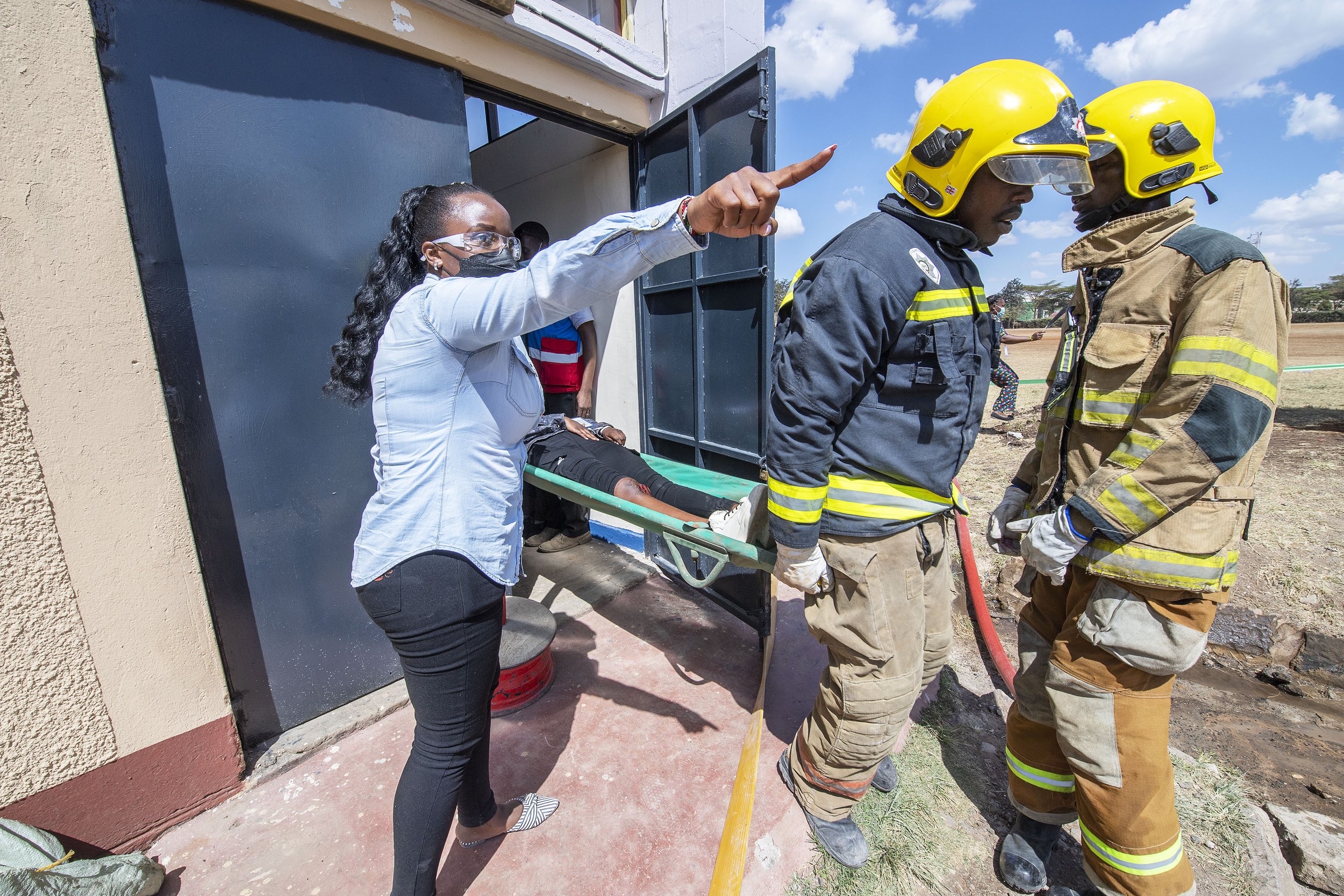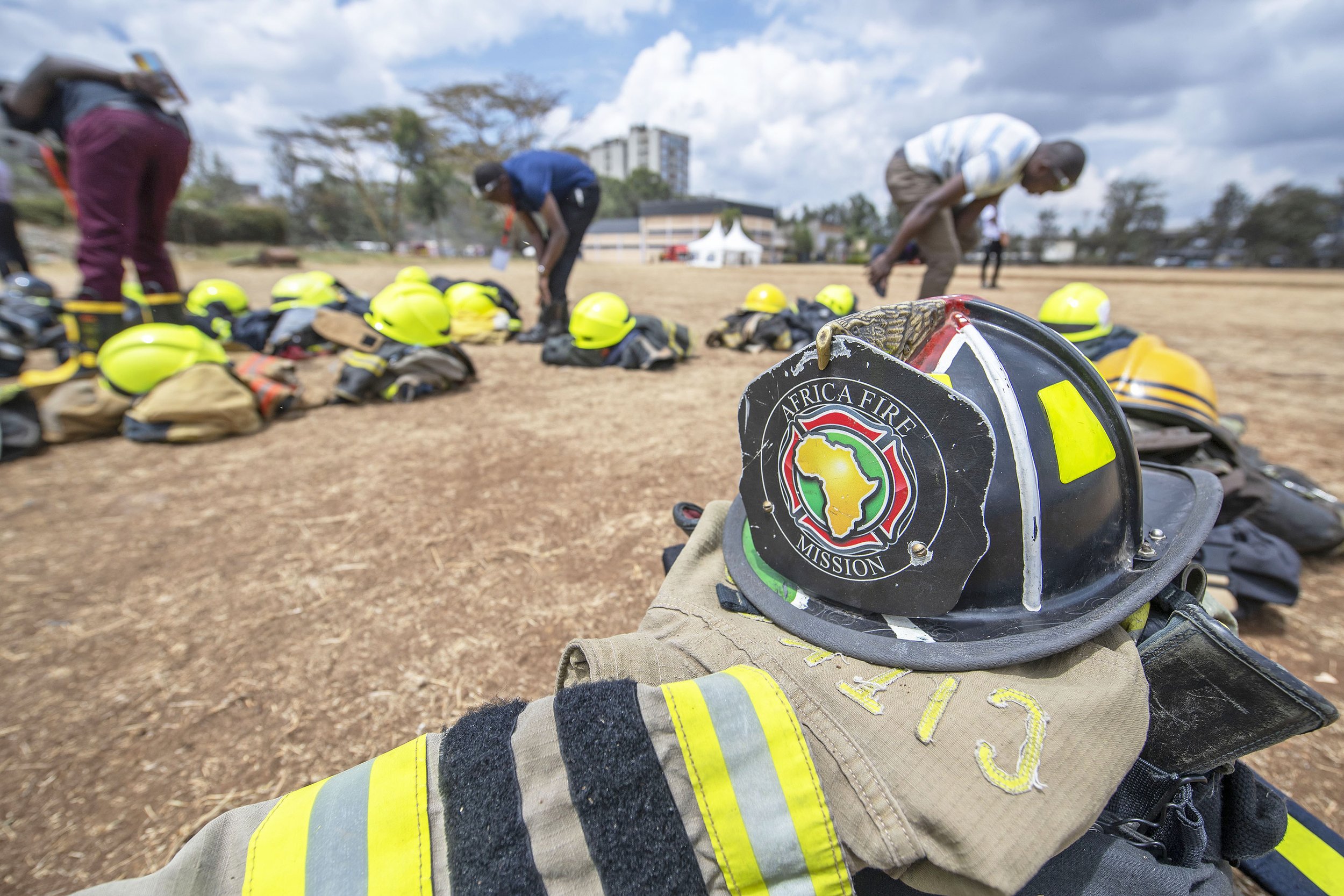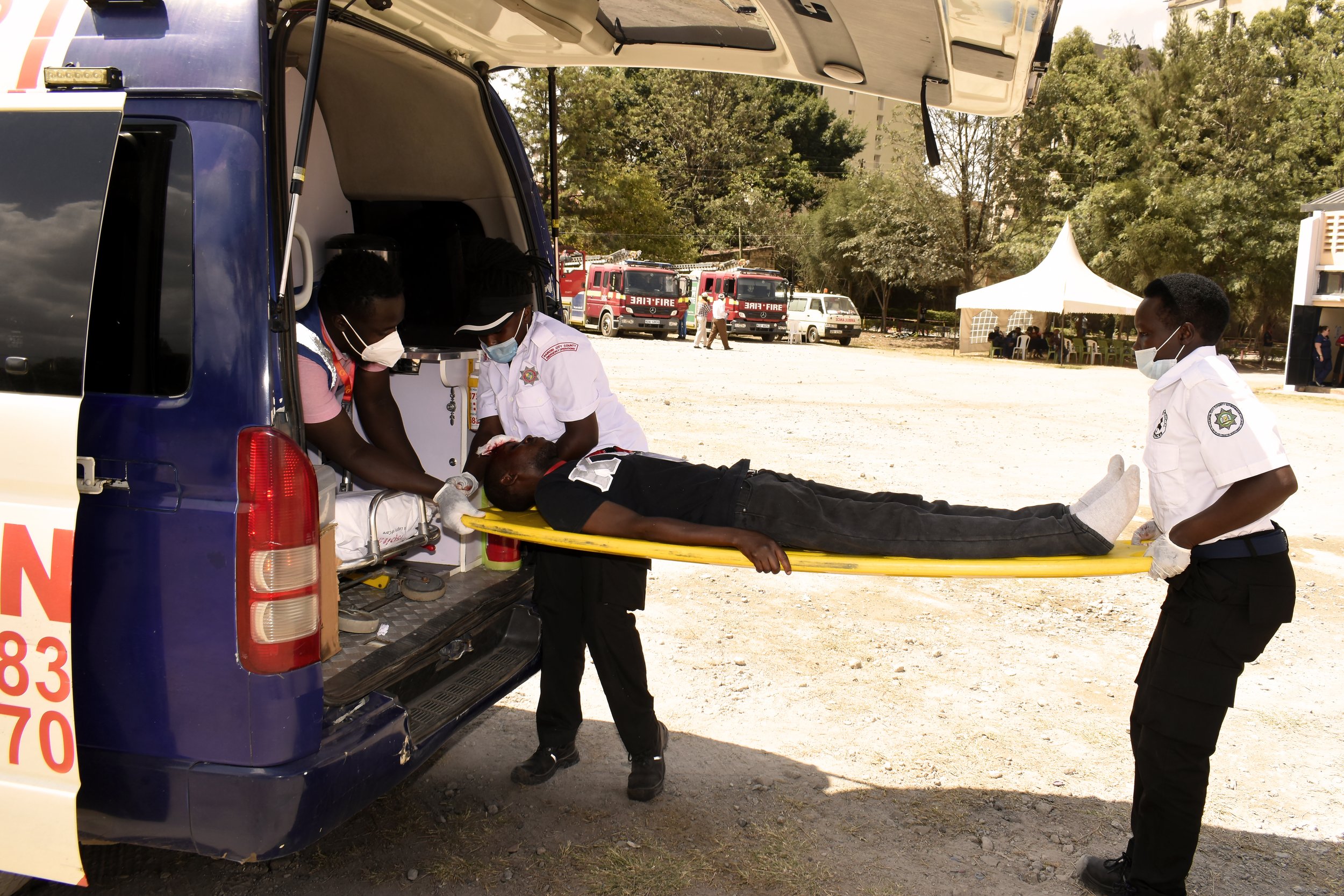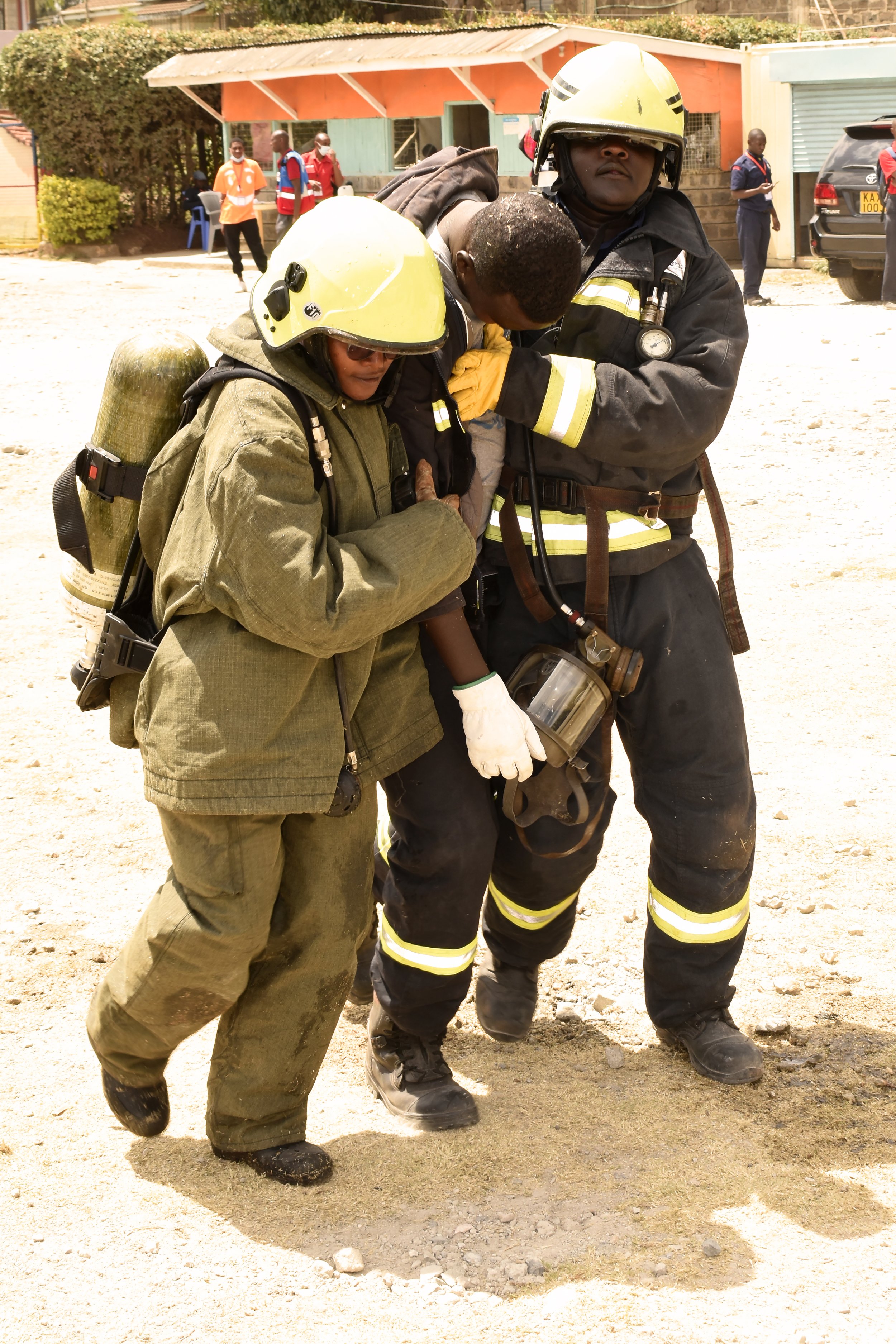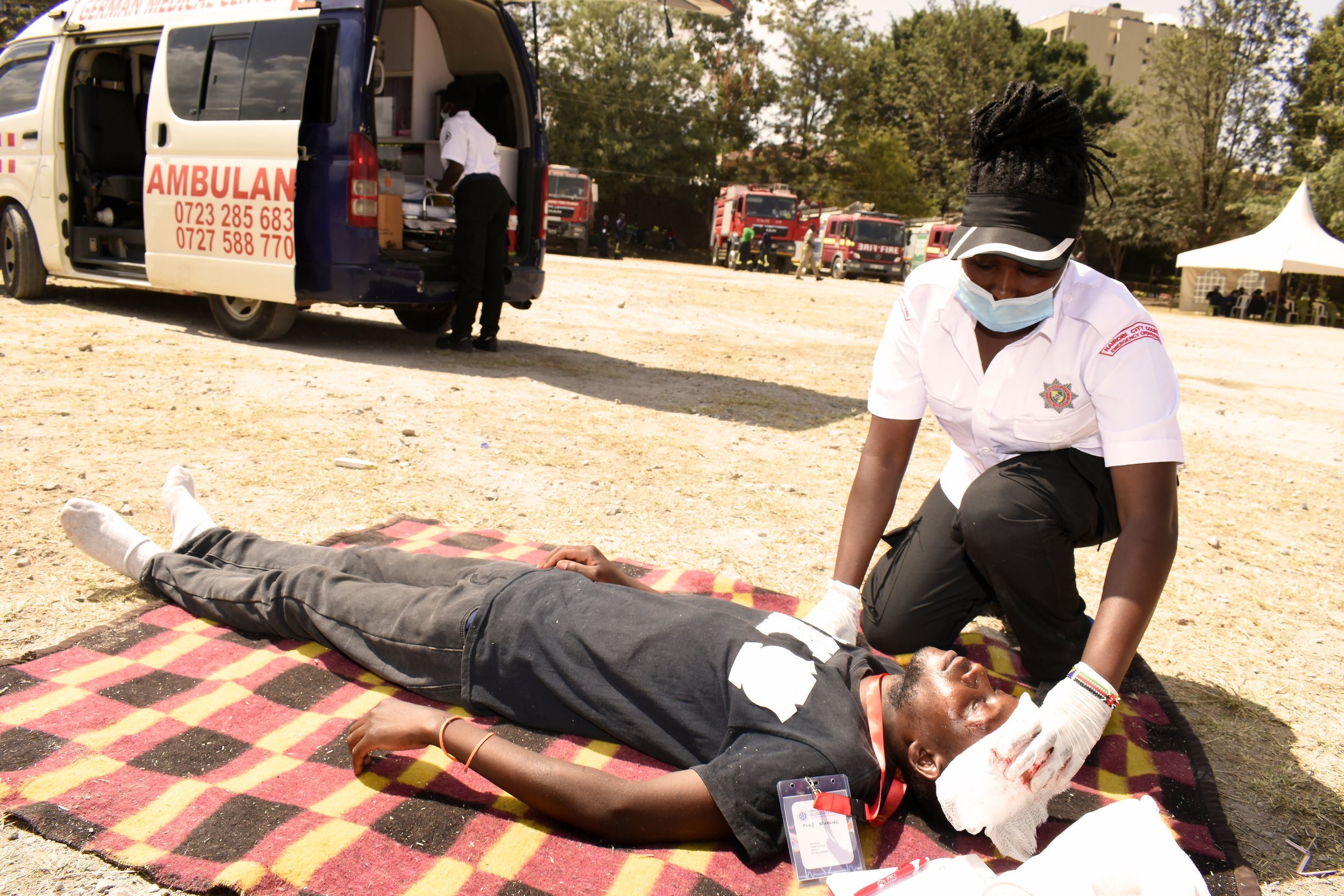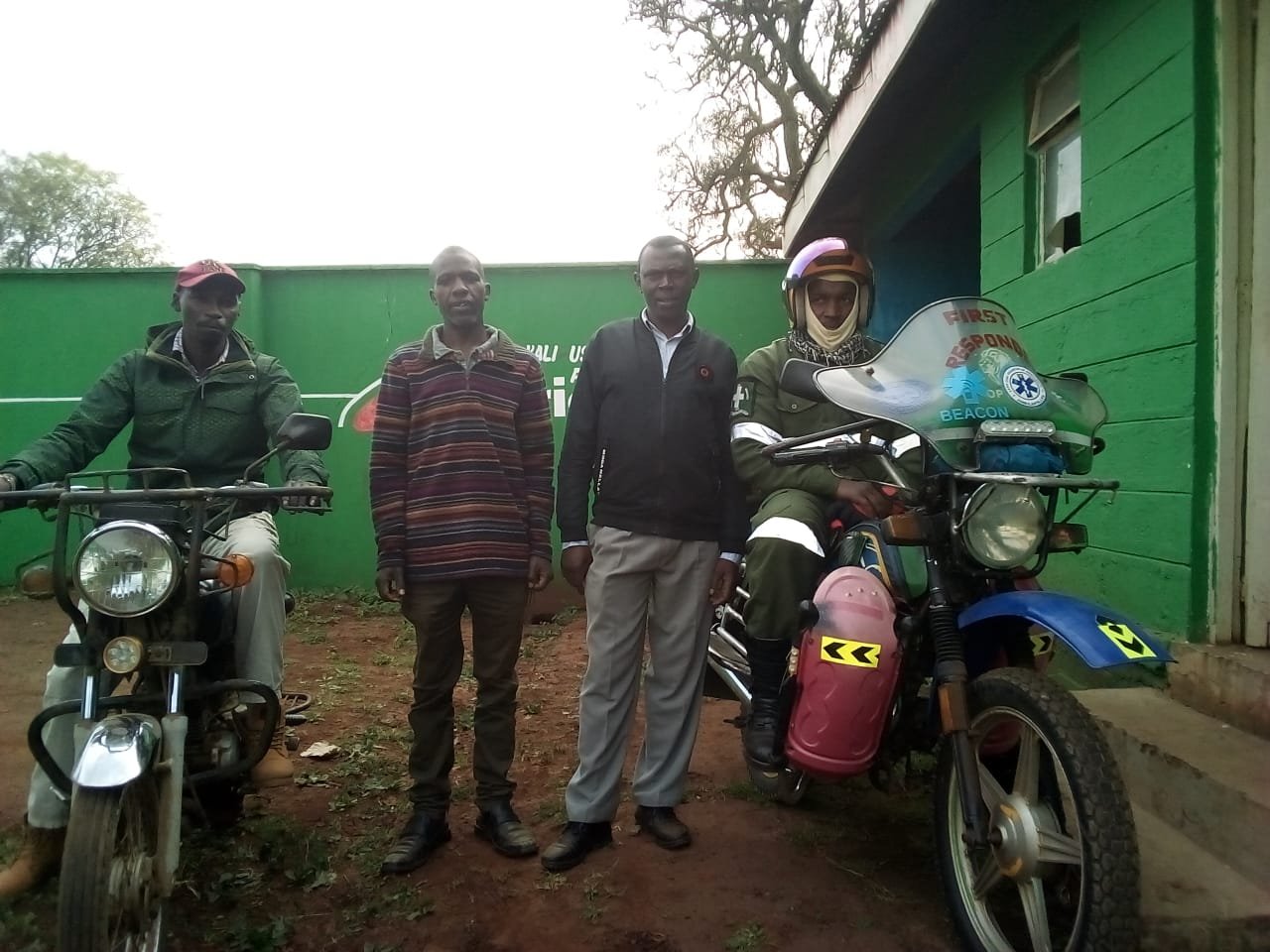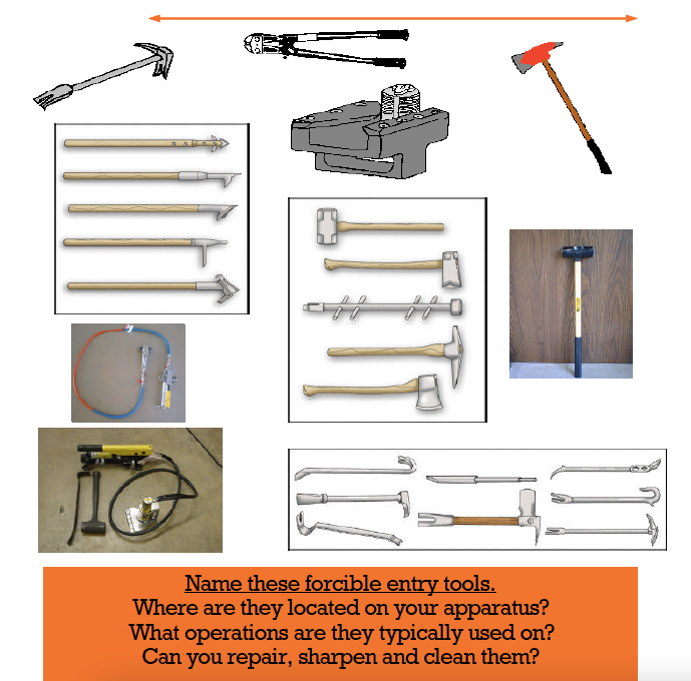Density identifies the thickness of the smoke, it’s level of energy and if there is a potential for a flashover or for fire spread.
Color tells you how flammable the smoke is and what is burning.
Velocity tells us how fast or slow the smoke is moving and by doing so helps determine the location and its flow path.
Volume on the other hand doesn’t speak to firefighters about smoke or fire but it does give firefighters the amount of fuel that is burning. By knowing how much fuel is burning, provides insight to the size and intensity of the incident.
Understanding smoke provides the fundamentals for reading and identifying changes in fire and smoke conditions in the interior or exterior of a structure, along with identifying and possibly preventing flashover or fire spread.
Size-Up
The size-up is for all intents and purposes, our game plan or battle plan, if you will, against the structure we are working at. The size-up is where firefighters and fire officers gather information in order to make safe, efficient, and effective fireground decisions. Fireground decision making, as we know, is meant to be quick, but with an emphasis on safety and ensuring the tactics are done efficiently and effectively. This is done in three phases; the pre-incident size-up, the on-scene size-up and the after action review. All three of these have their purposes.
Pre-incident size-up allows firefighters to gather as much information as we can about the structure and contents inside and helps guide our on-scene strategies and tactics.
On-scene size-up is where firefighters utilize our pre-incident size-up and put it to work. This size-up is where more information is provided specific to the incident and can now confirm our findings from the pre-incident size-up. Further, this is where company operations are assigned and take place.
After-action-review is the final stage in the pre-planning process. This is the time for firefighters and officers to discuss and share the information obtained and to discuss the success and failures experienced at the incident. It is also a time to ask a few key questions.
What did we expect to happen?
The benefit of asking these questions allows for strengths to be easily identifiable and make it easier to uncover areas of weakness. By uncovering areas of weakness, you can develop ways to improve them!
In closing, I’d like to leave you with this piece of advice. If we think of firematics as an orchestra and each piece getting broken down into sections, we can identify each area as its own unique piece yet, an integral piece to the orchestra as a whole. With practice, each section sounds in harmony and sync with one another, but without practice or even a section missing, the harmony and synchronization doesn’t happen. This is the same for firematics, you cannot have one without the others.
For further information on these topics, you can refer to my book, “The 5-Tool Firefighter” where these concepts are laid out in greater detail along with other areas of interest to guide all firefighters on their journey to success.

